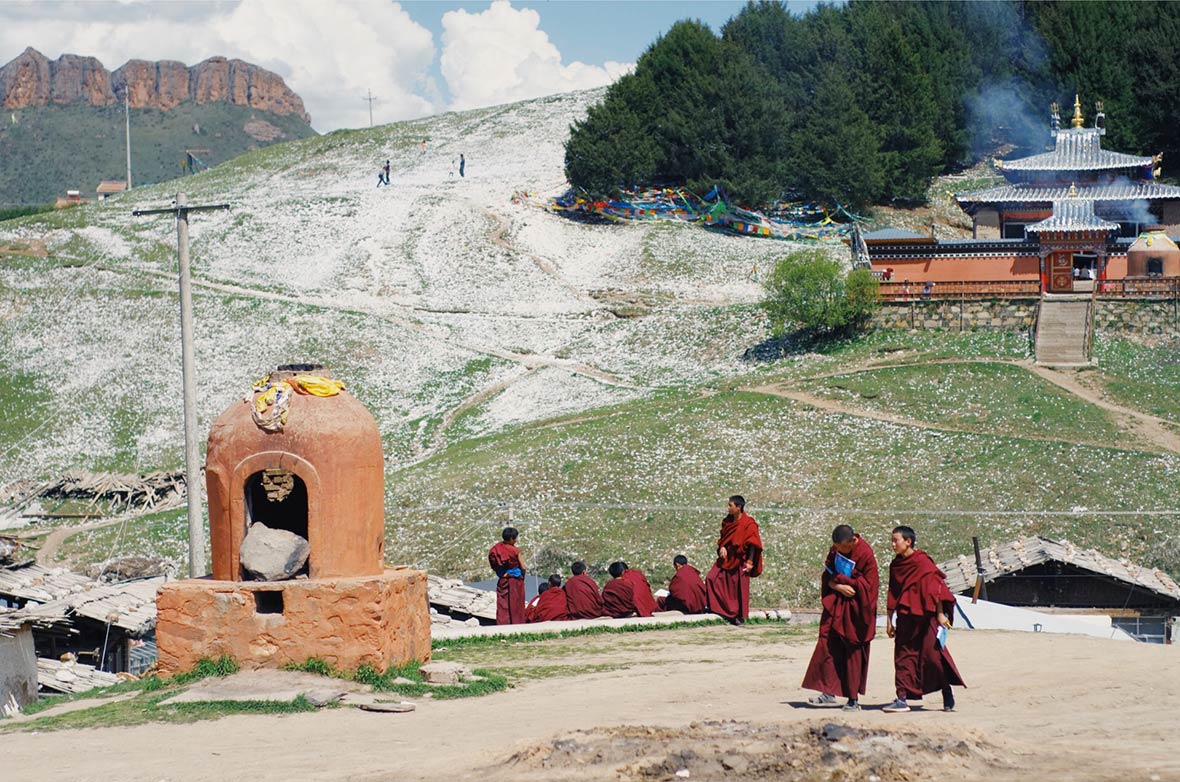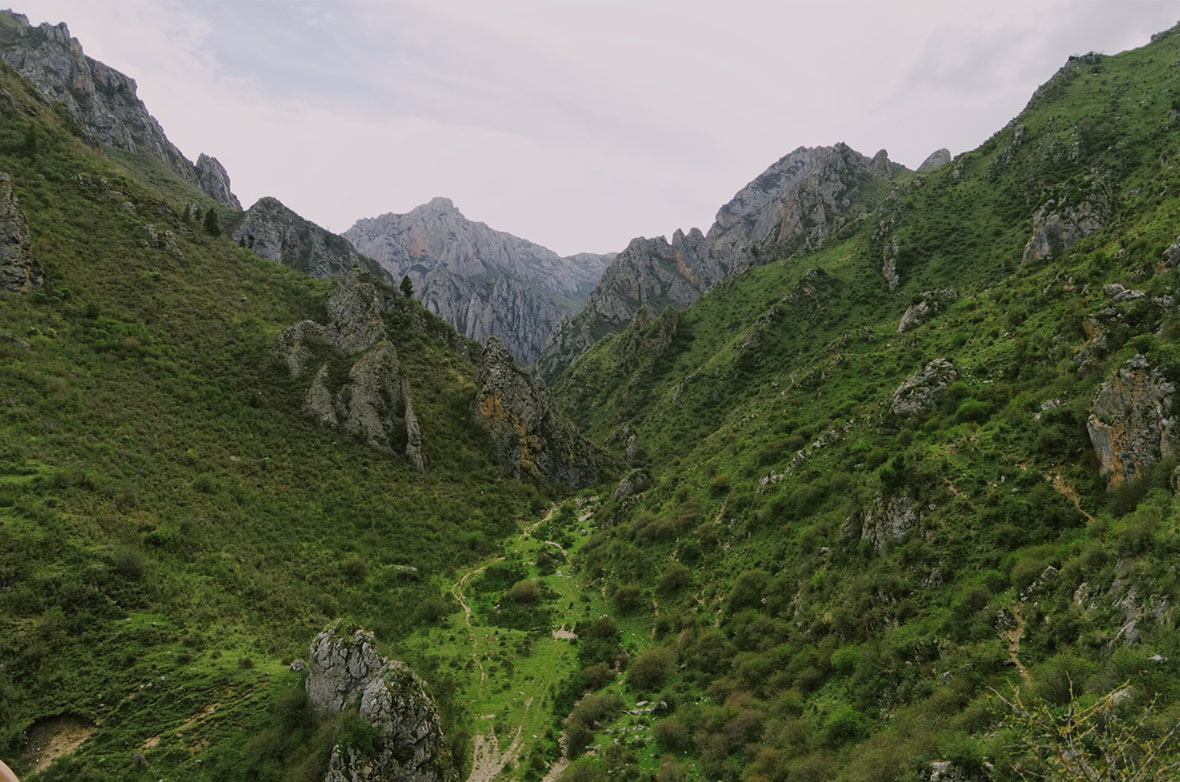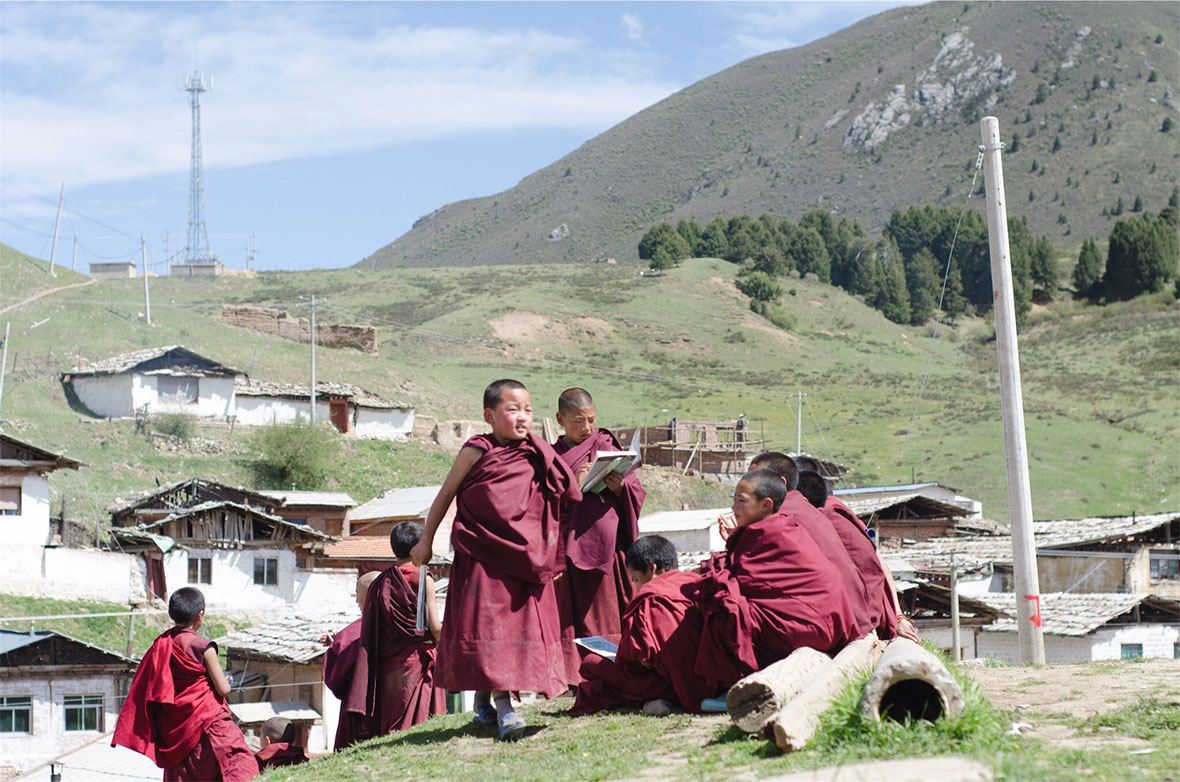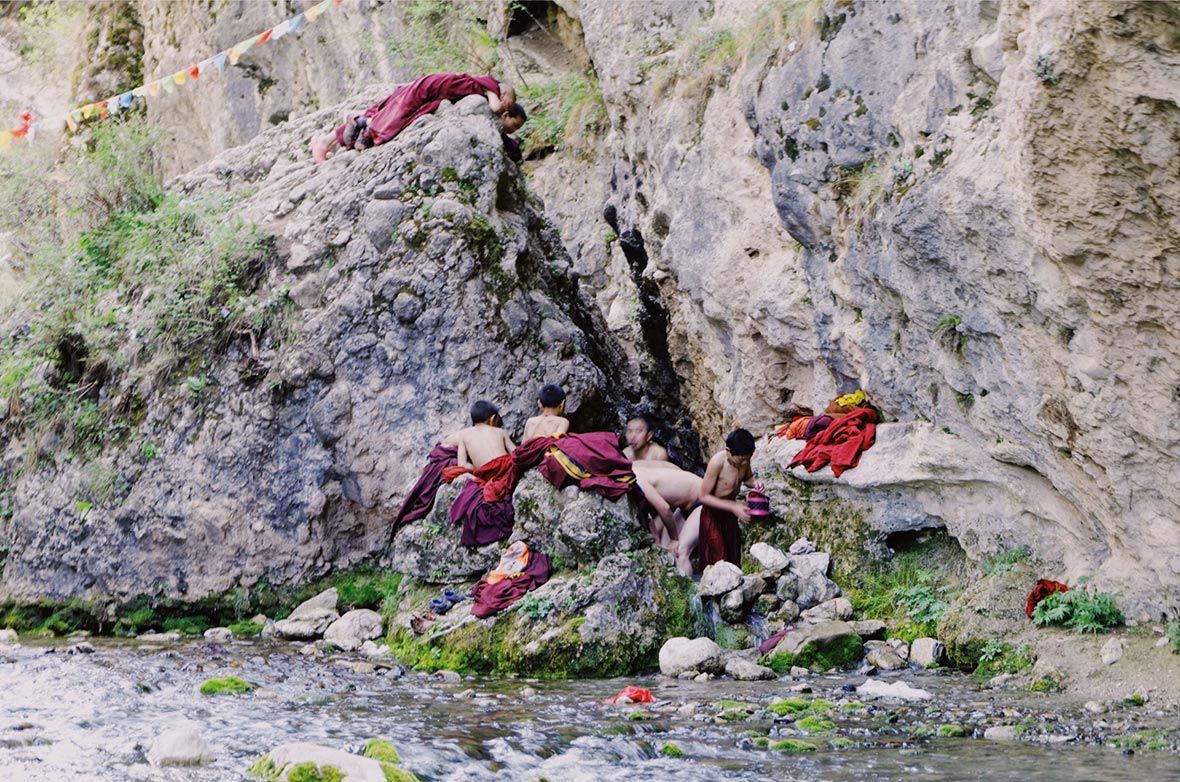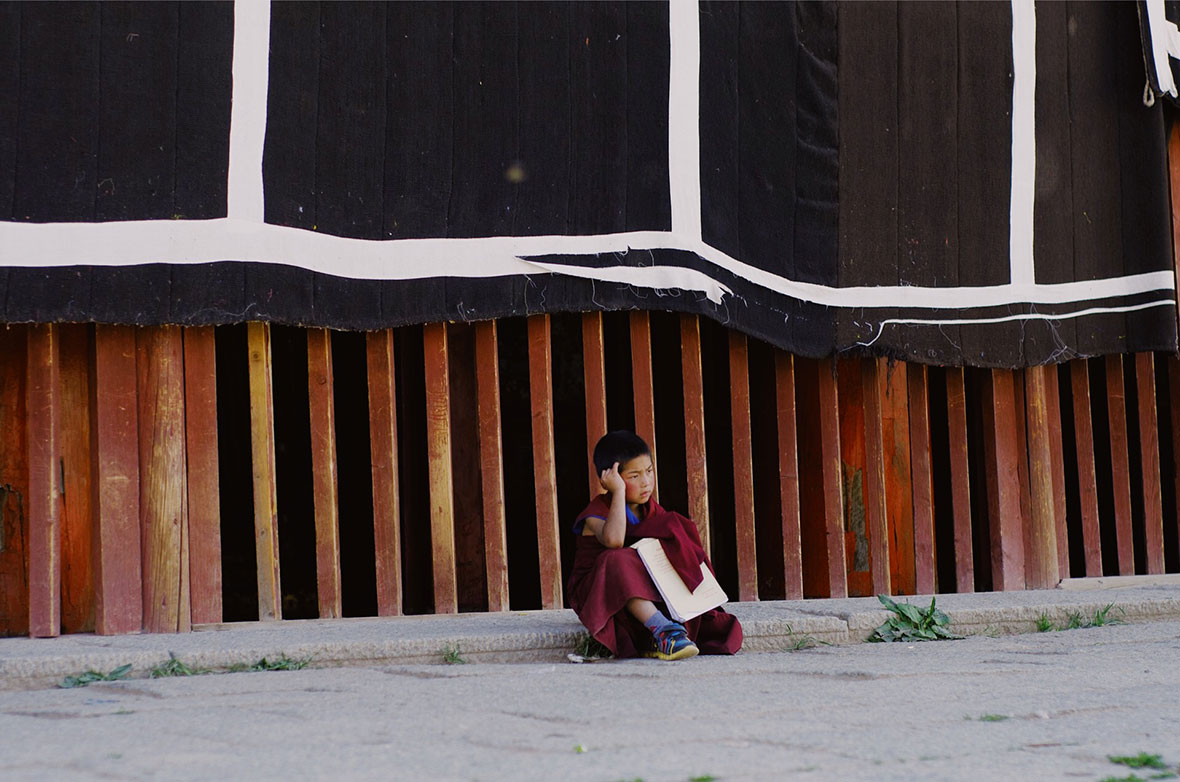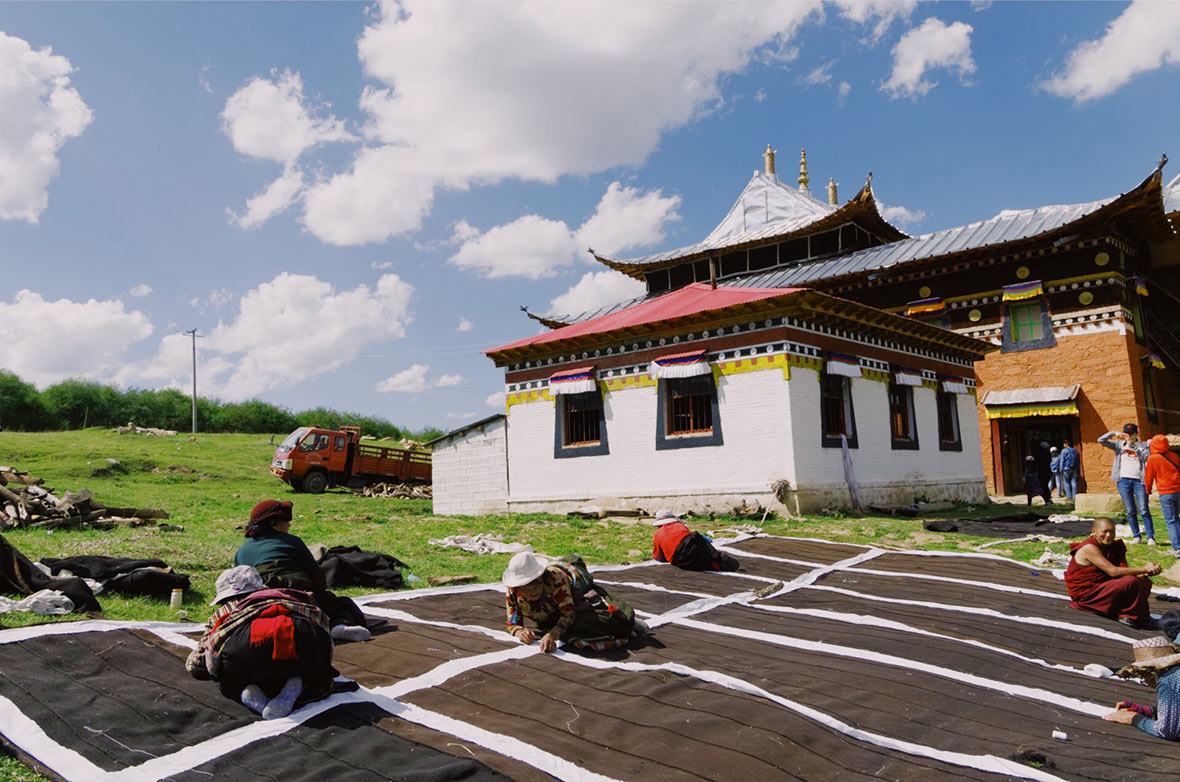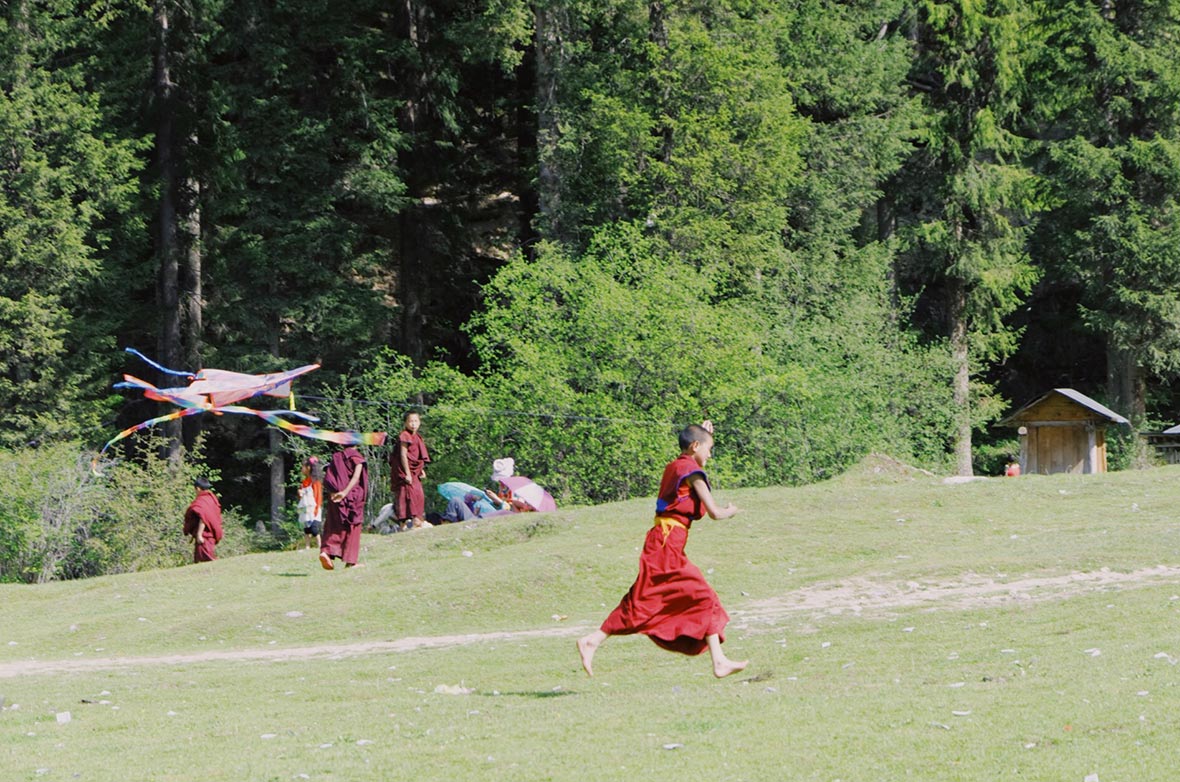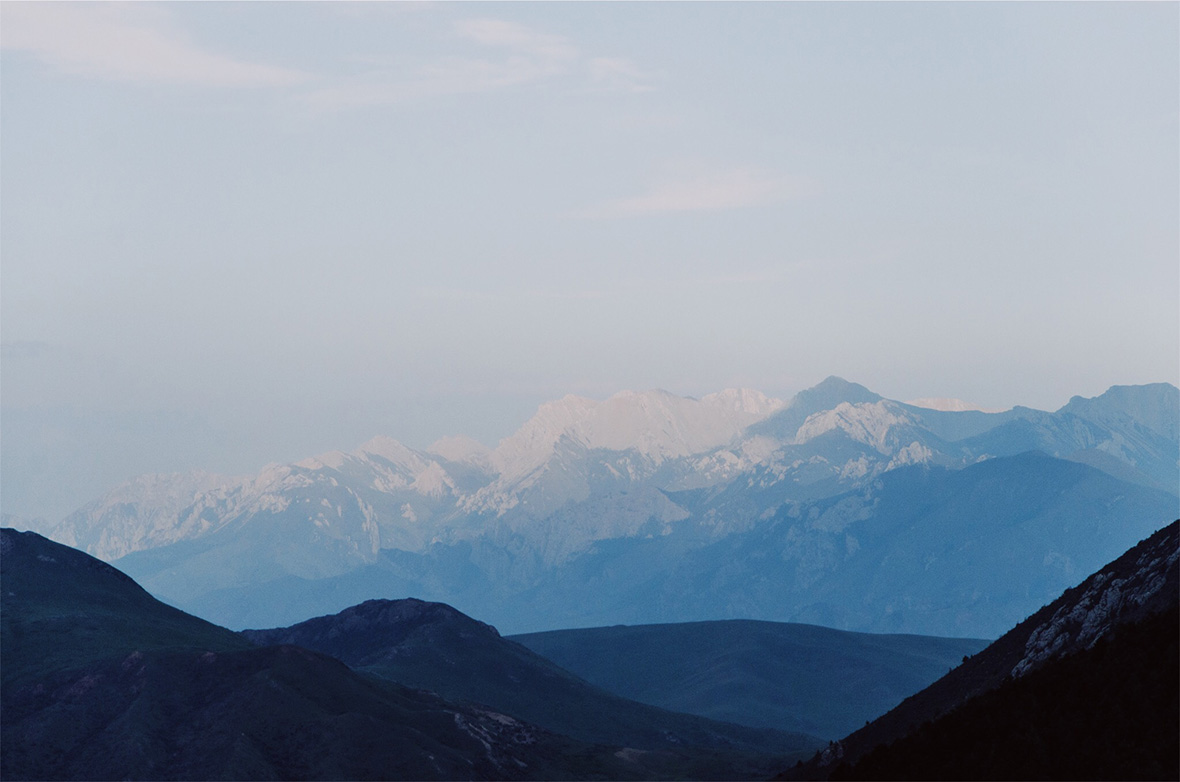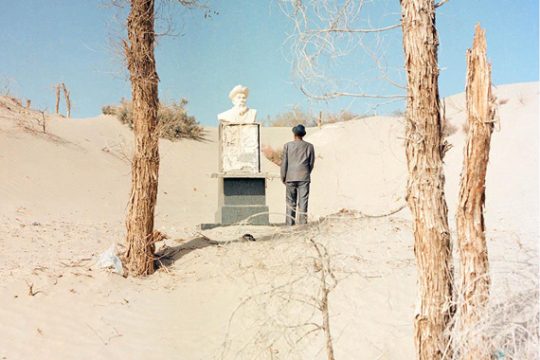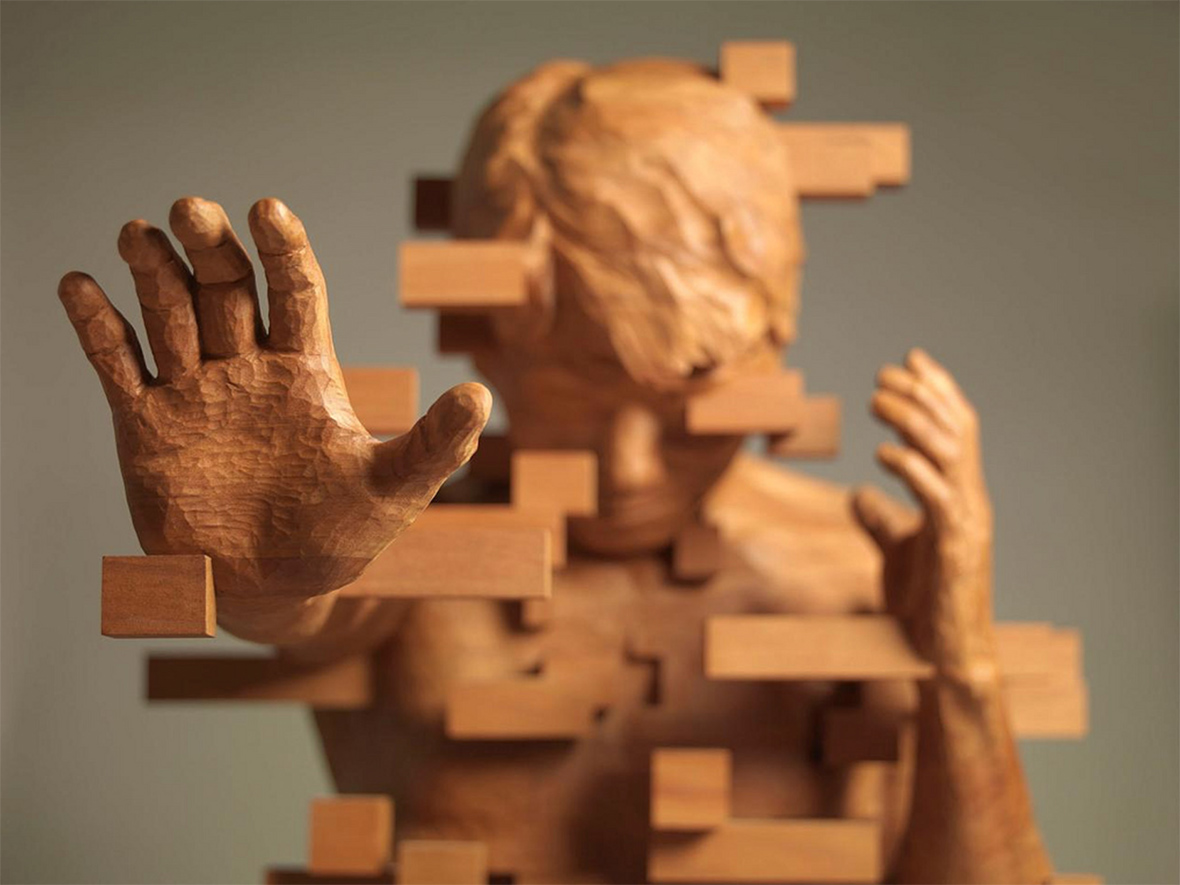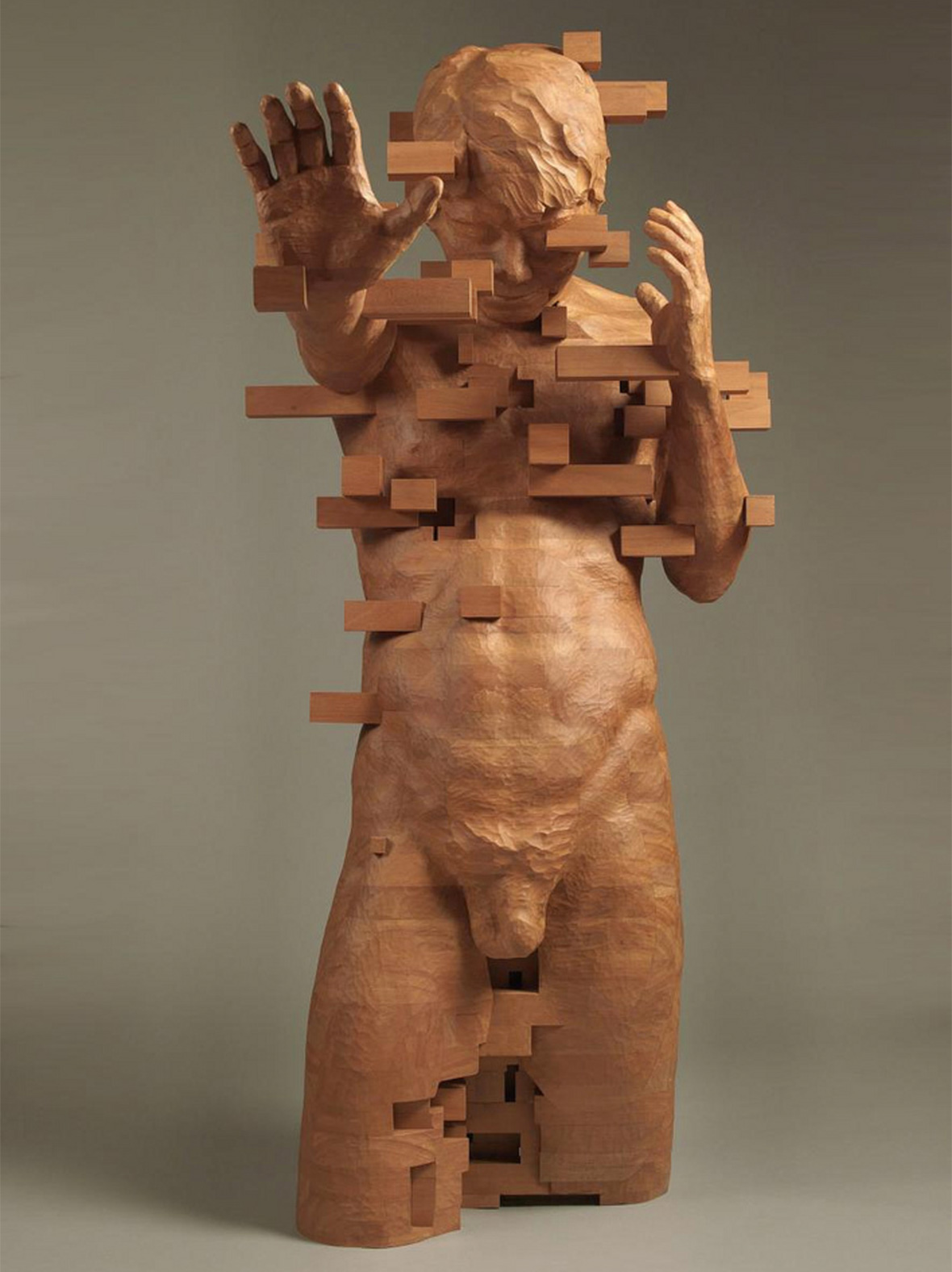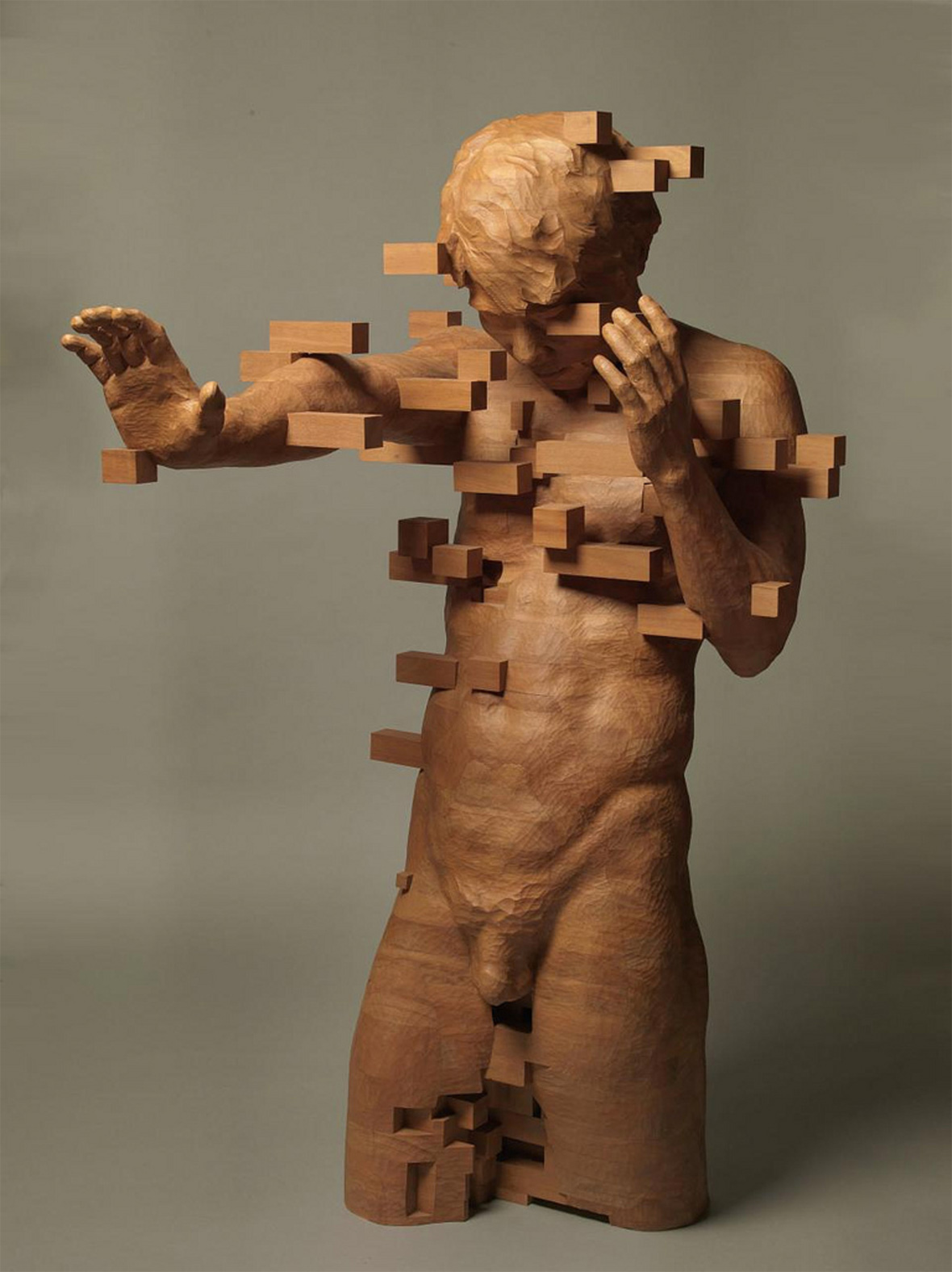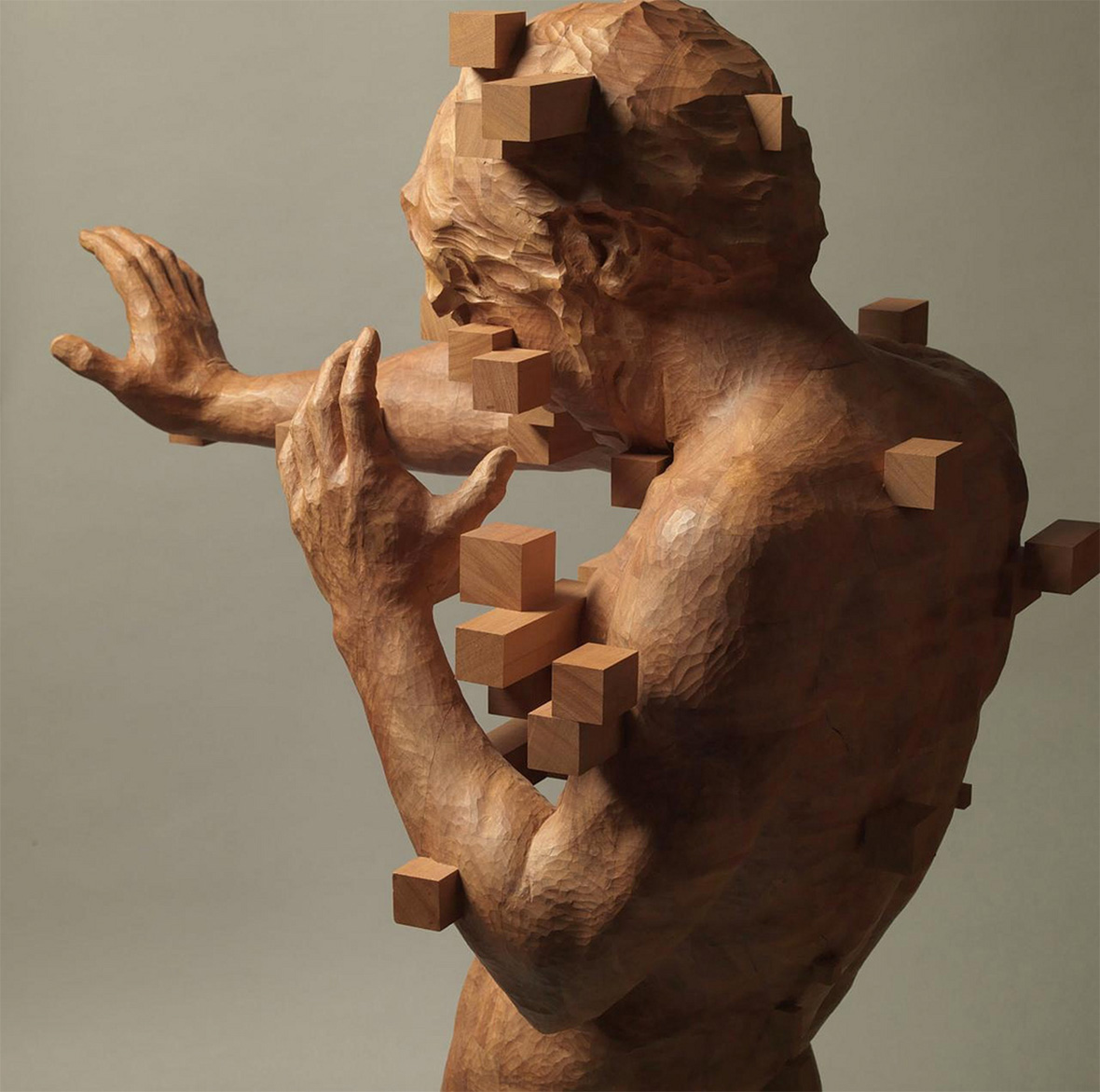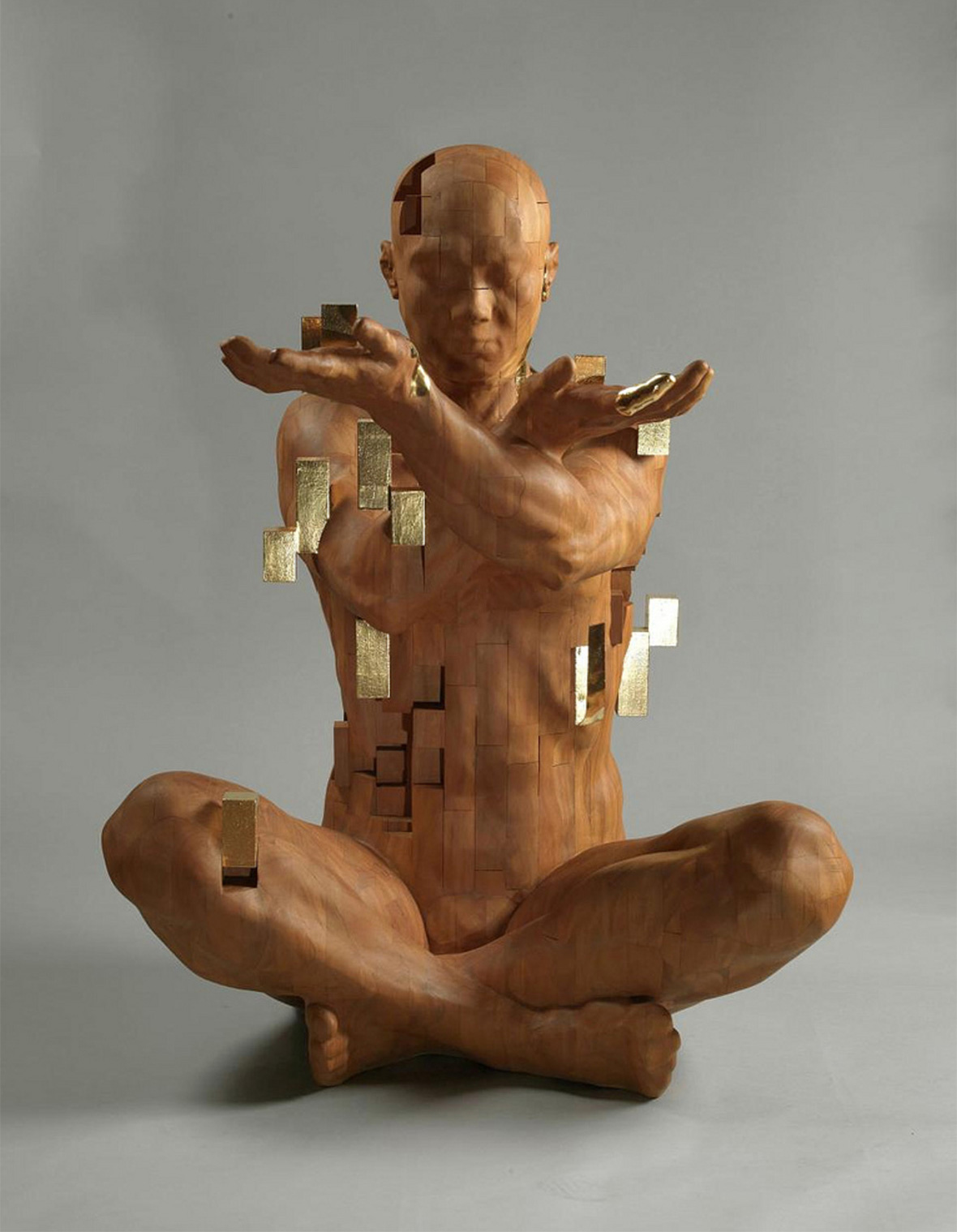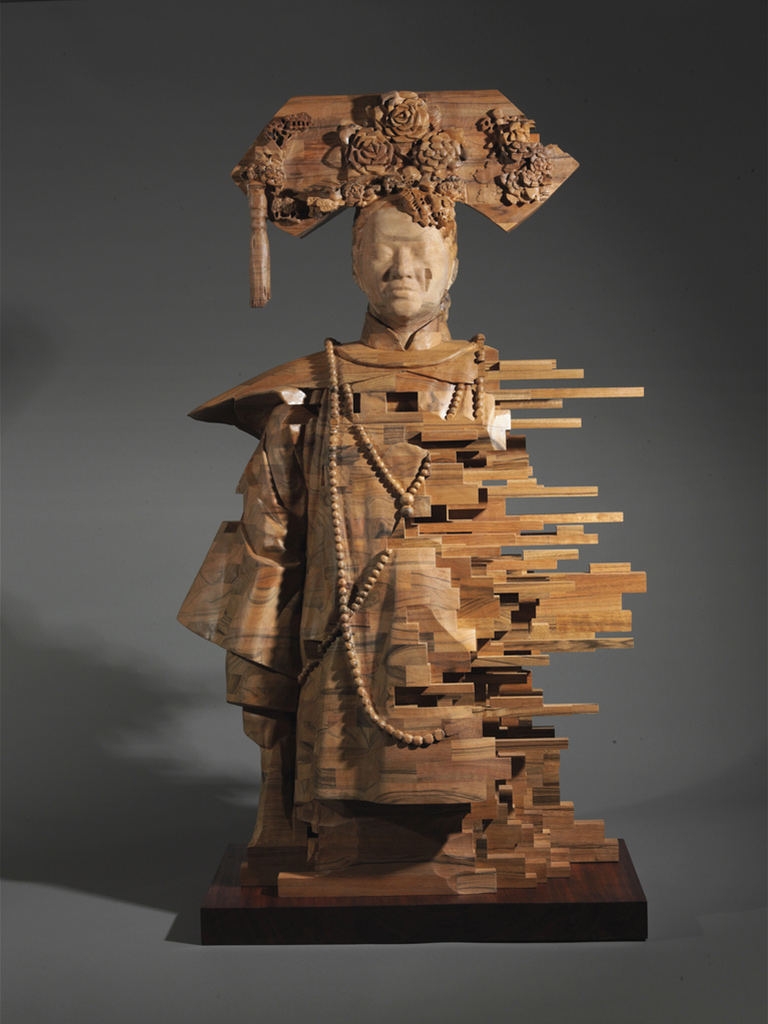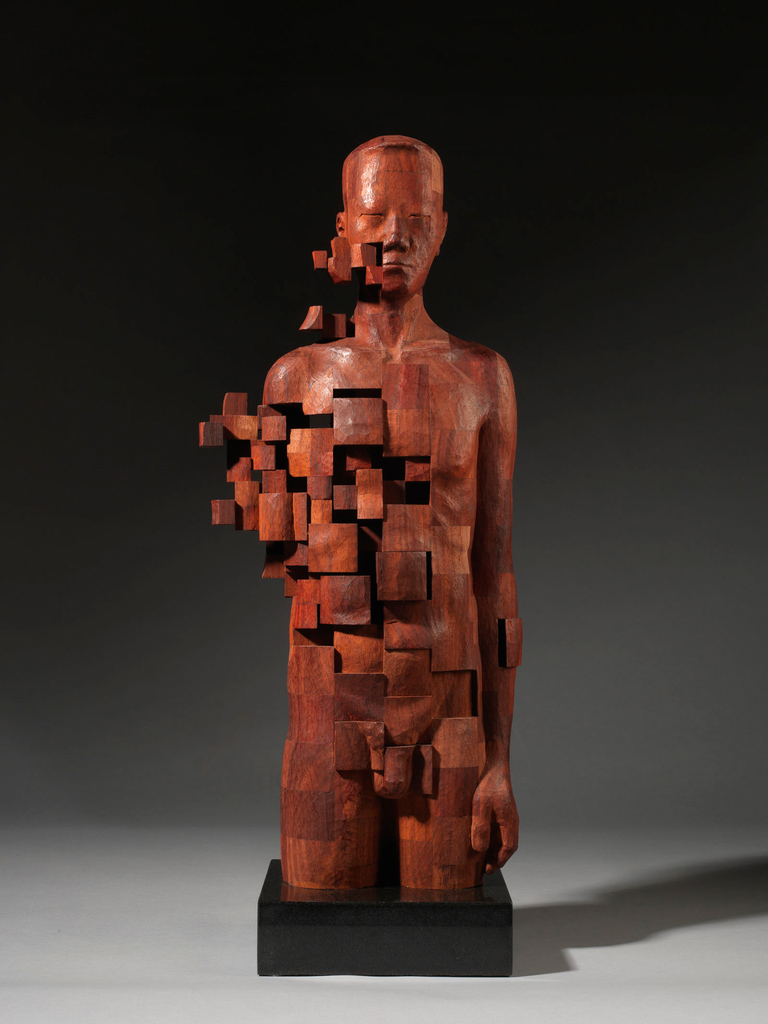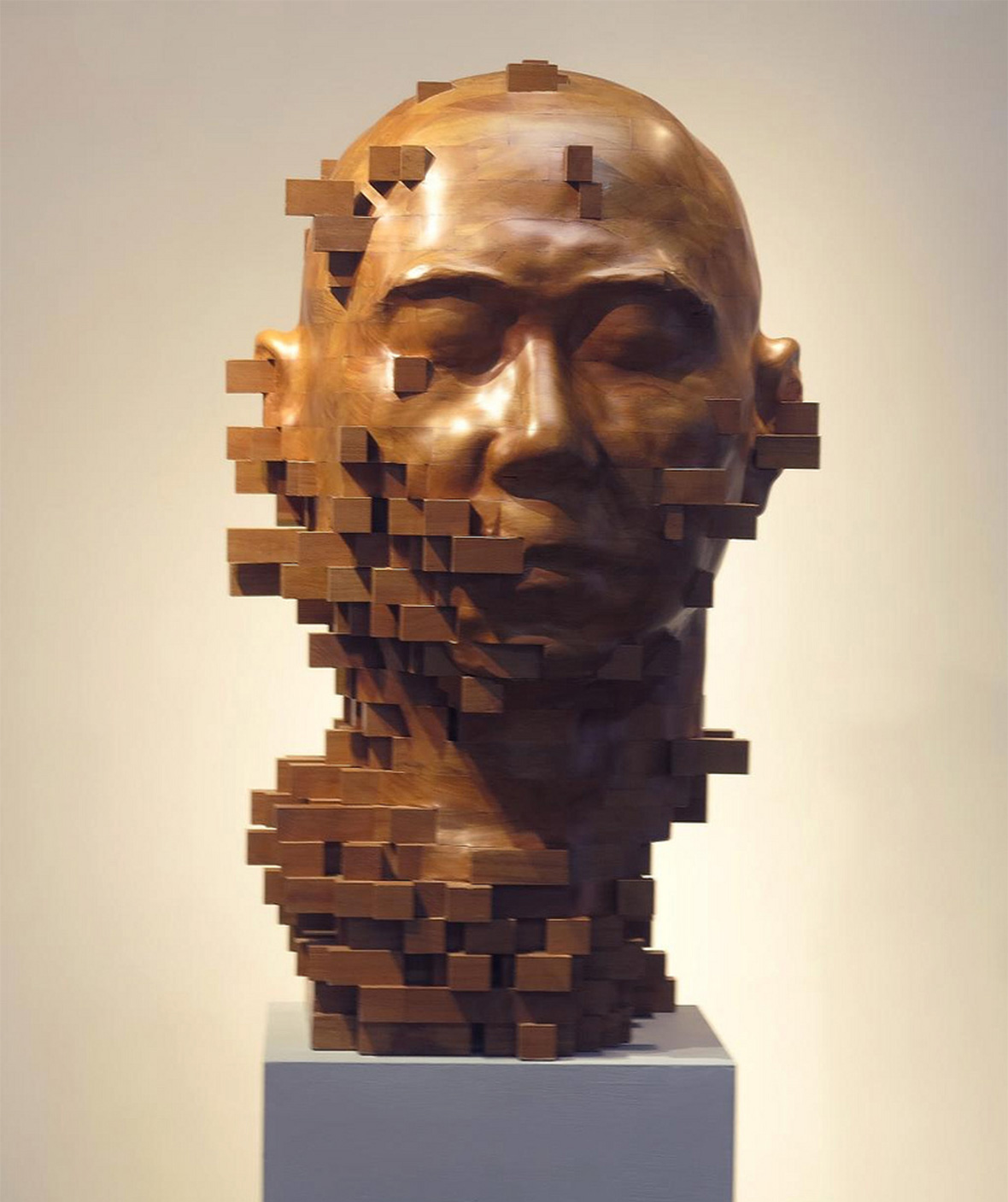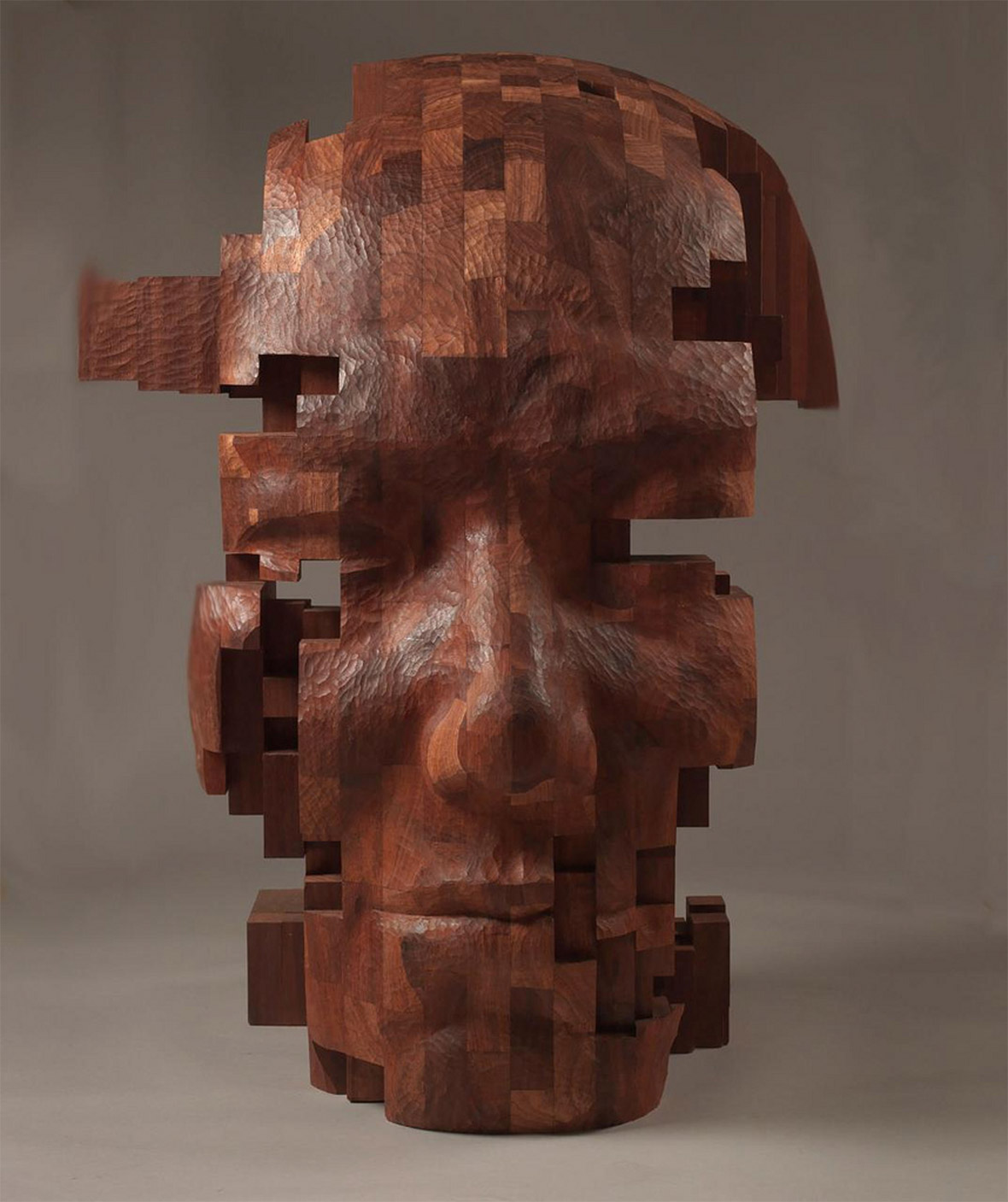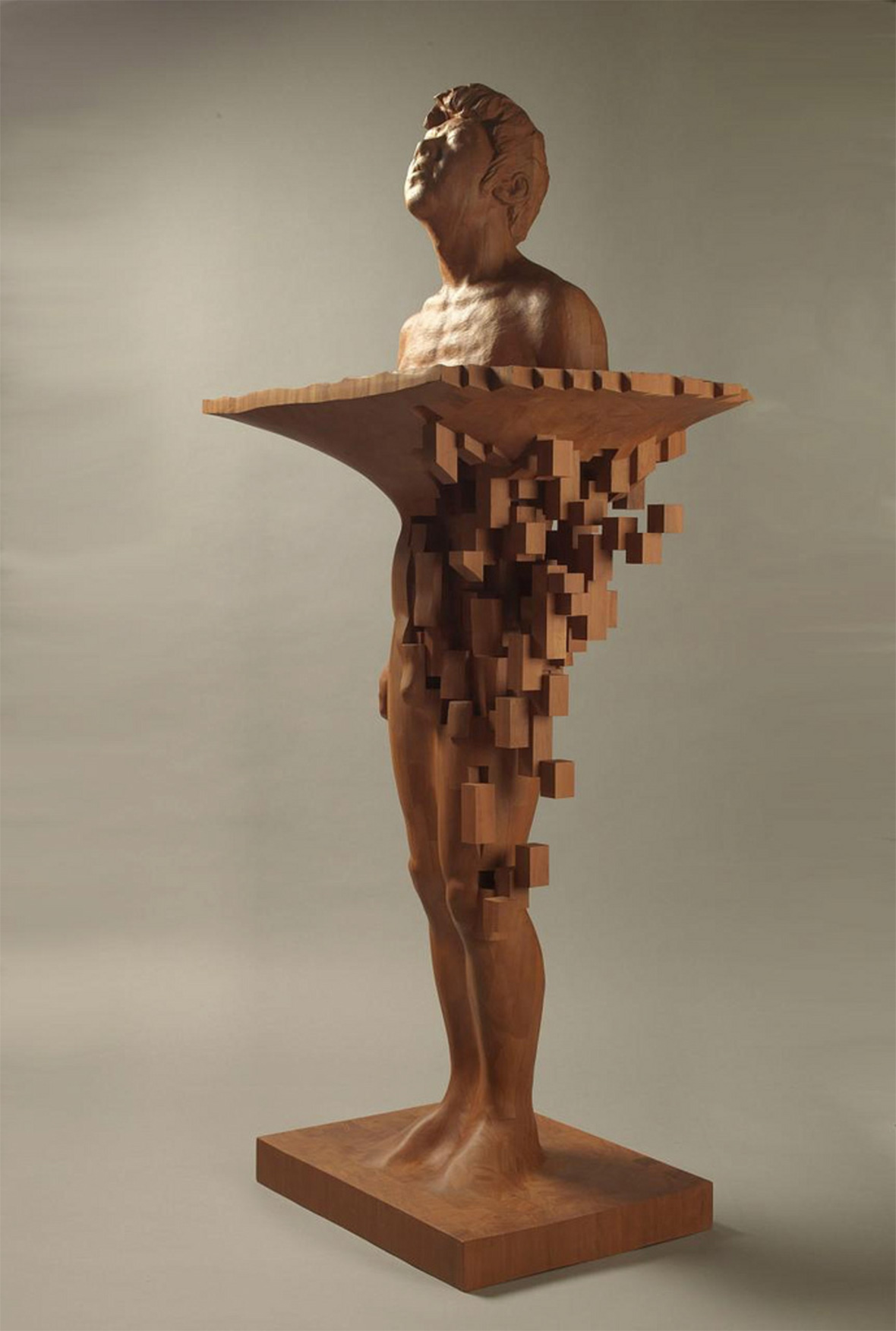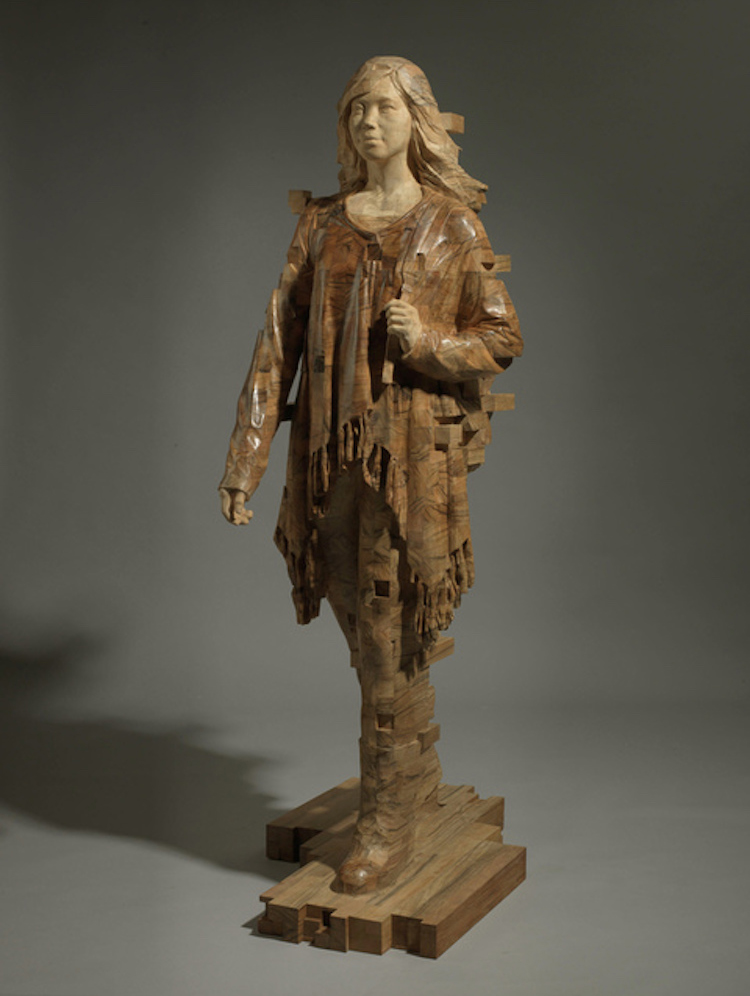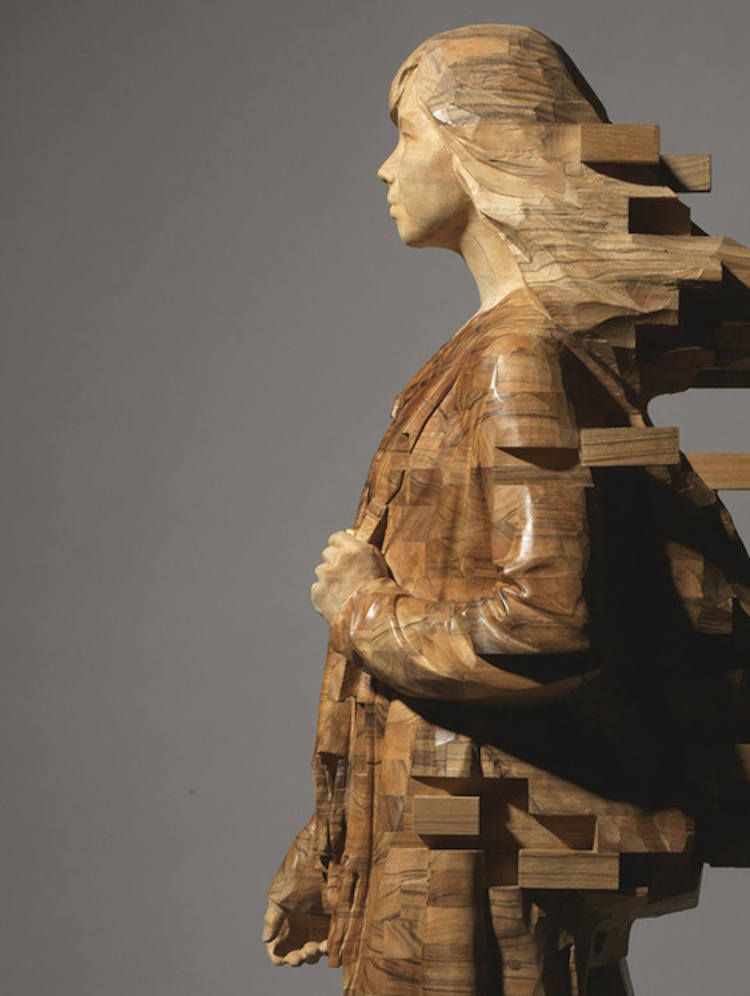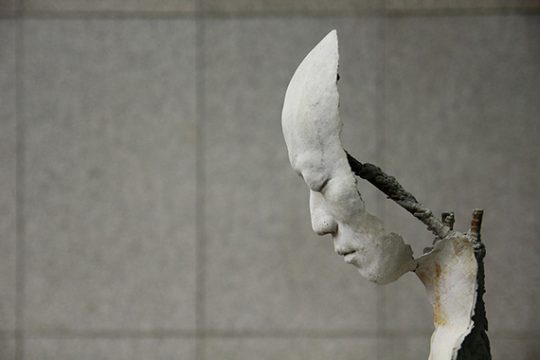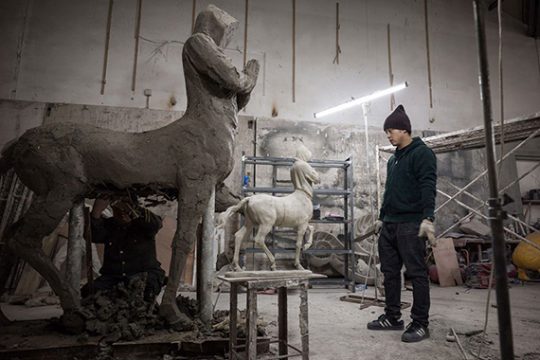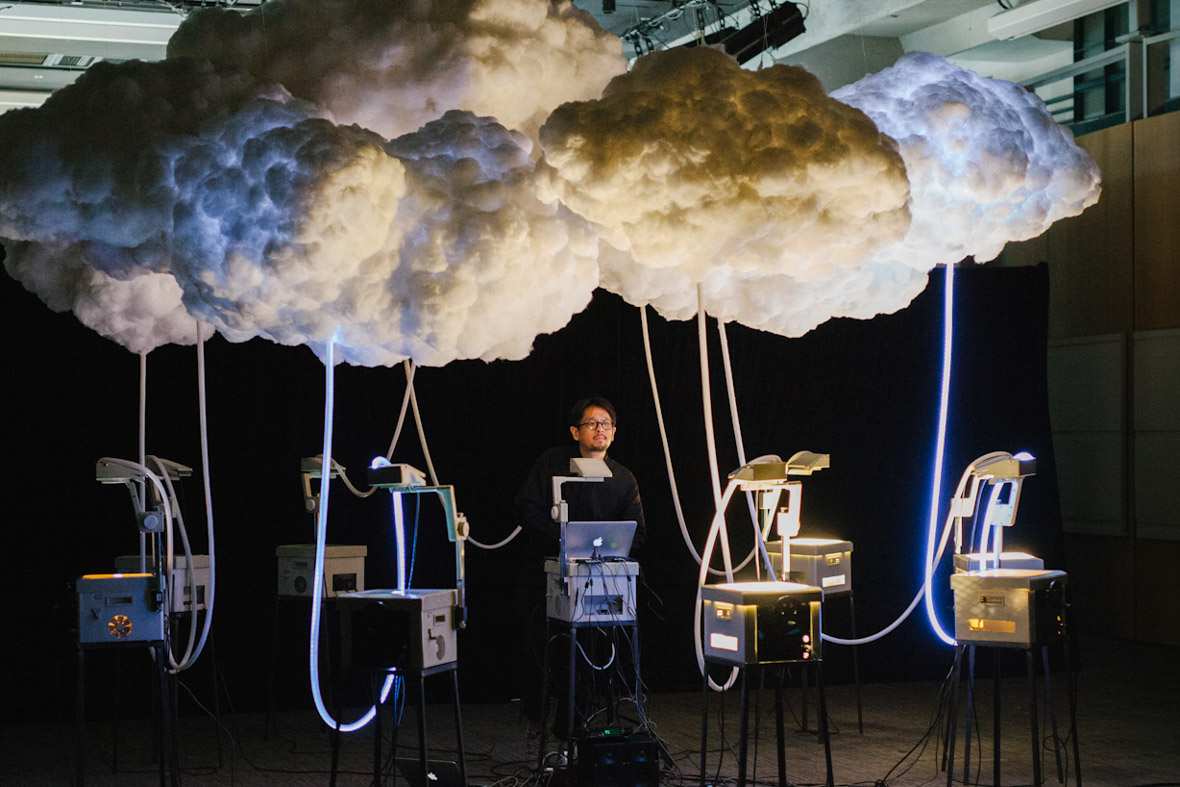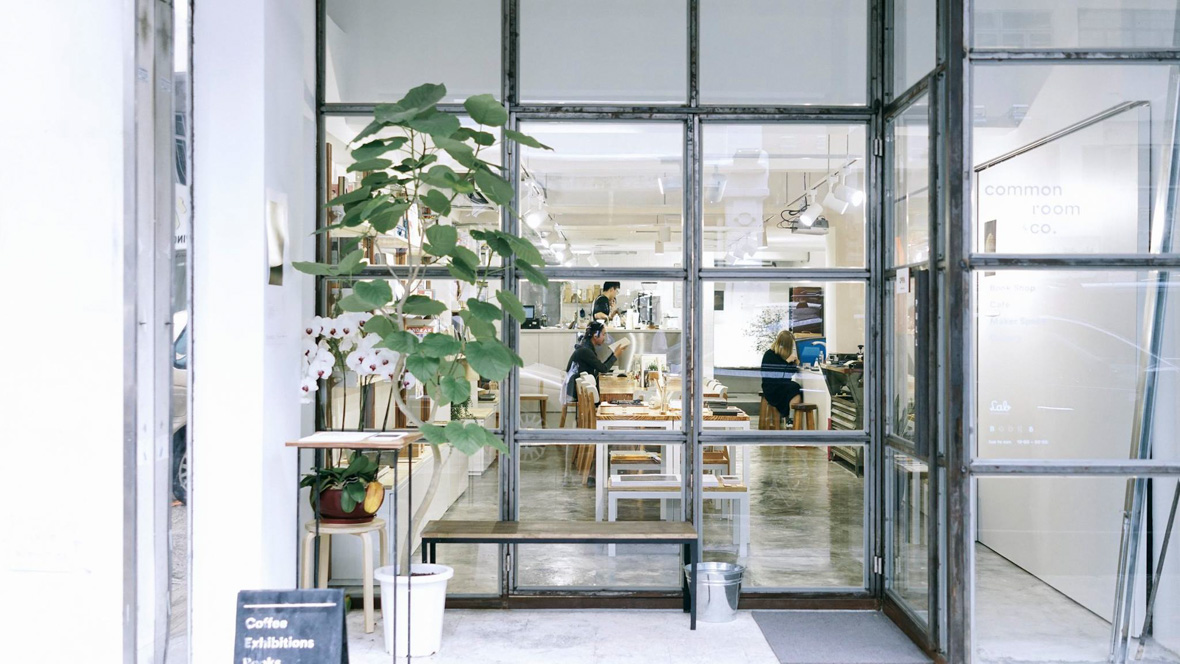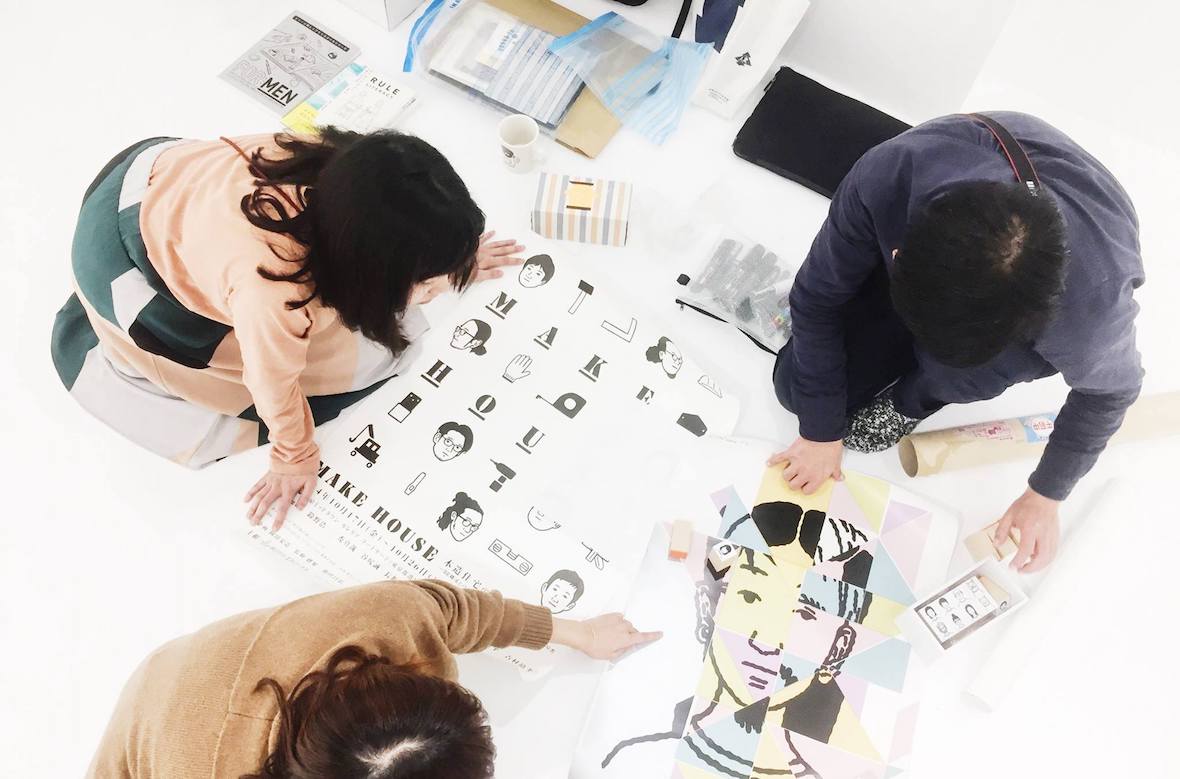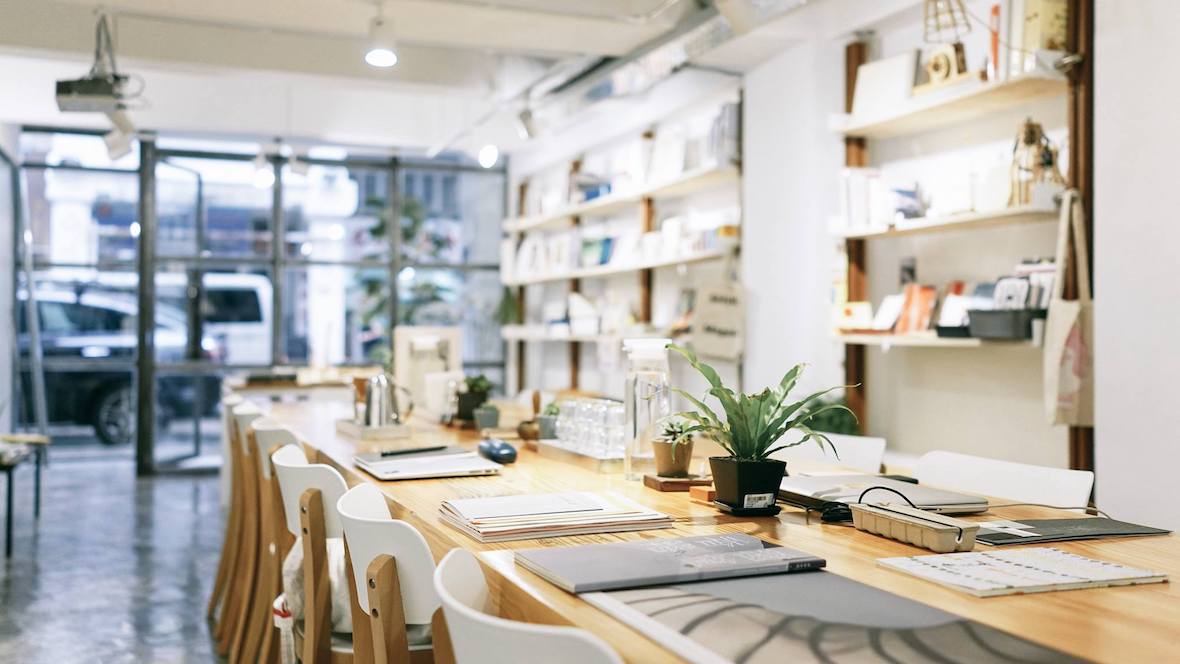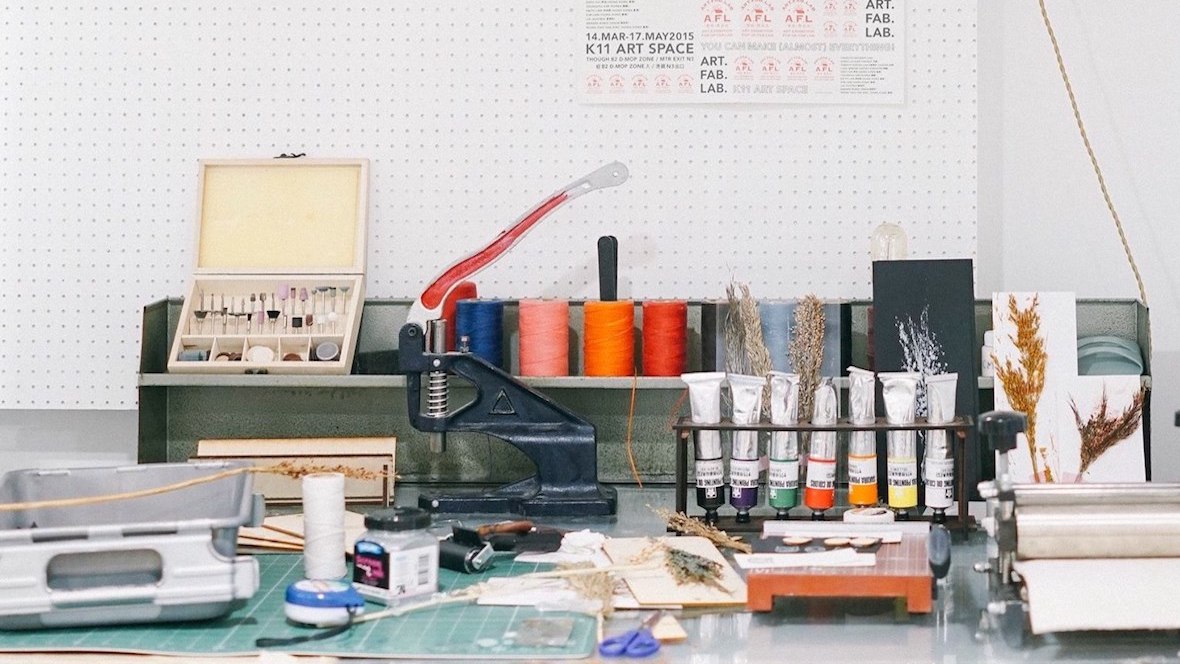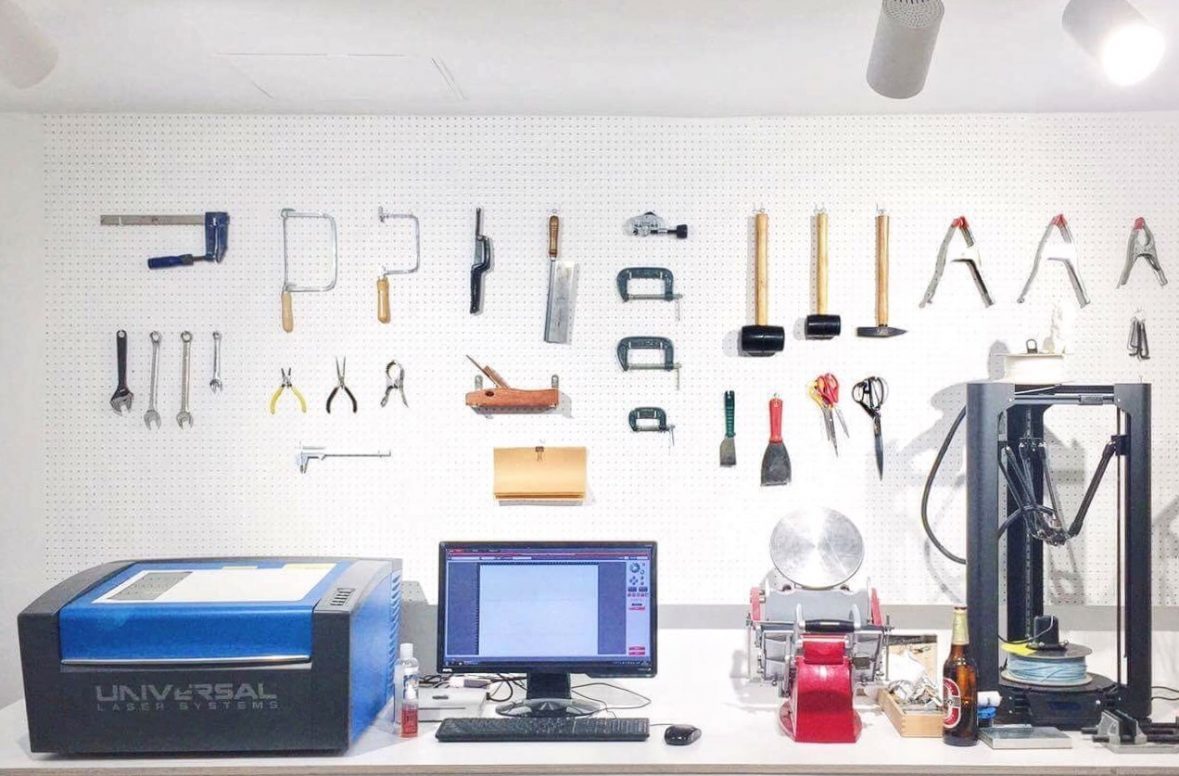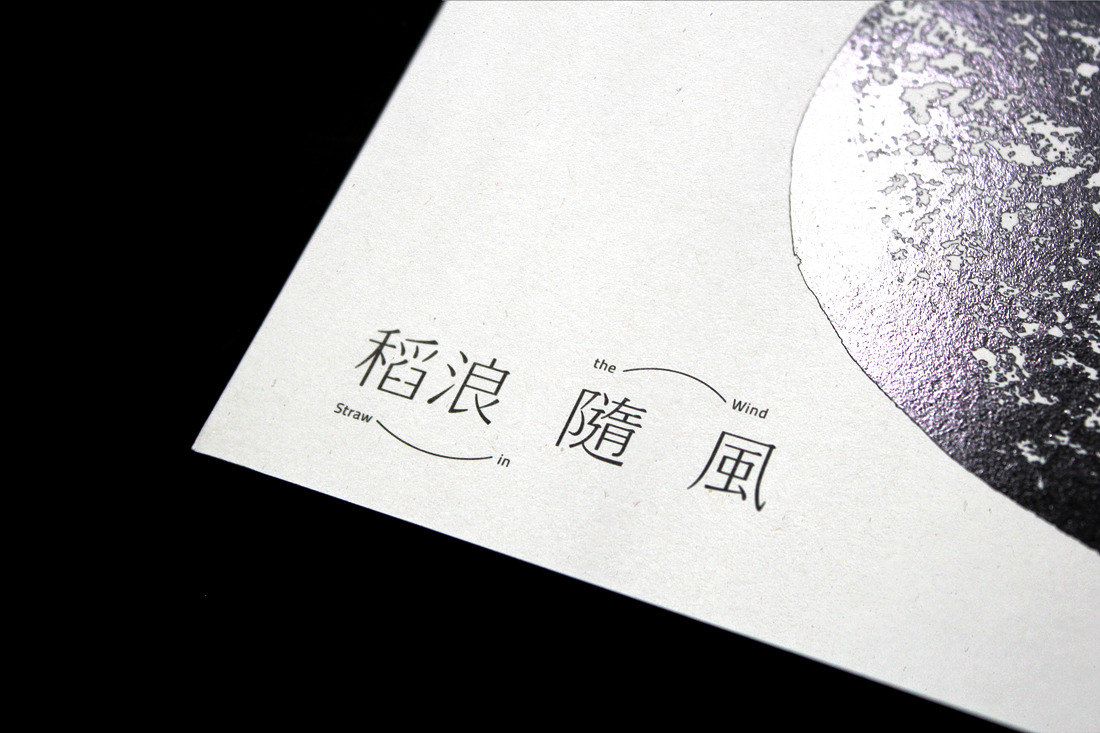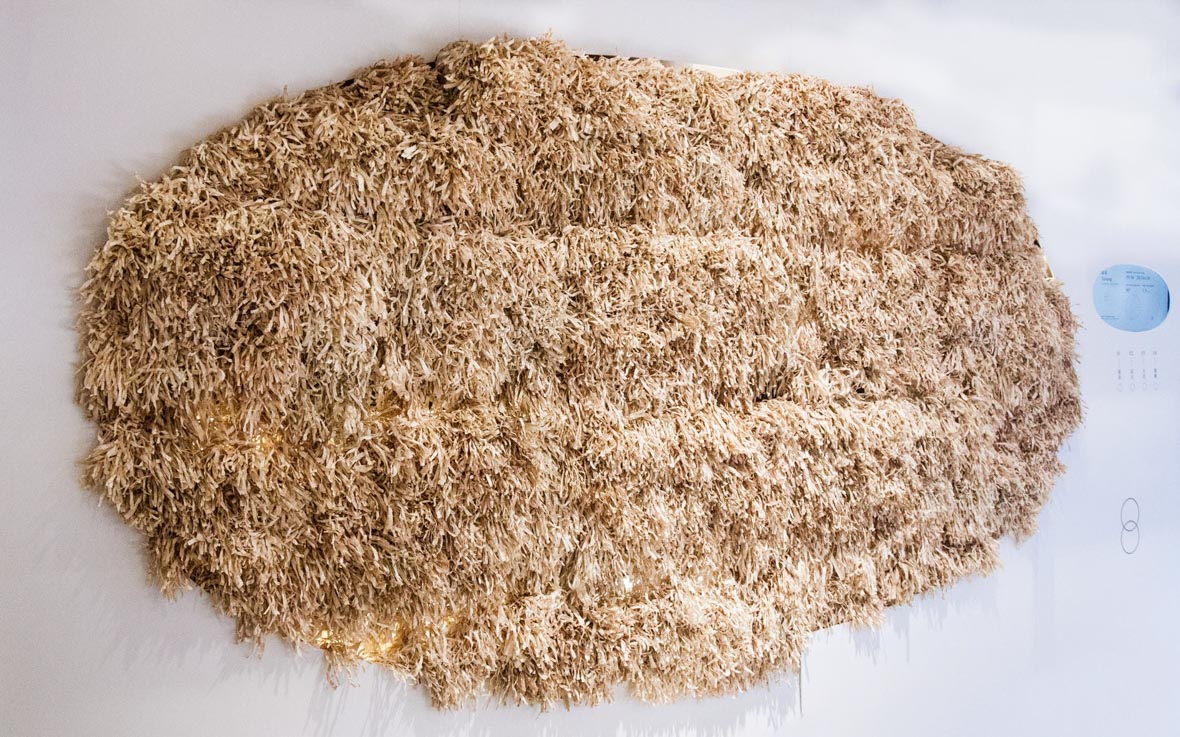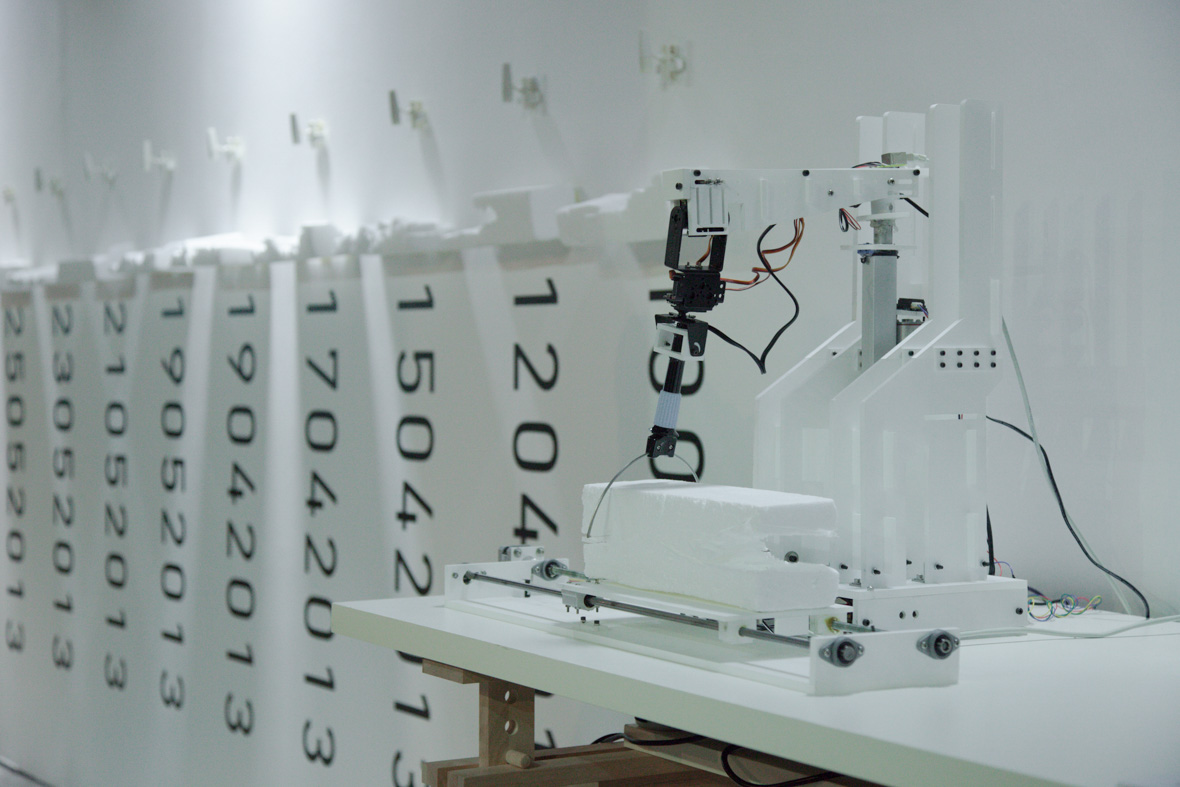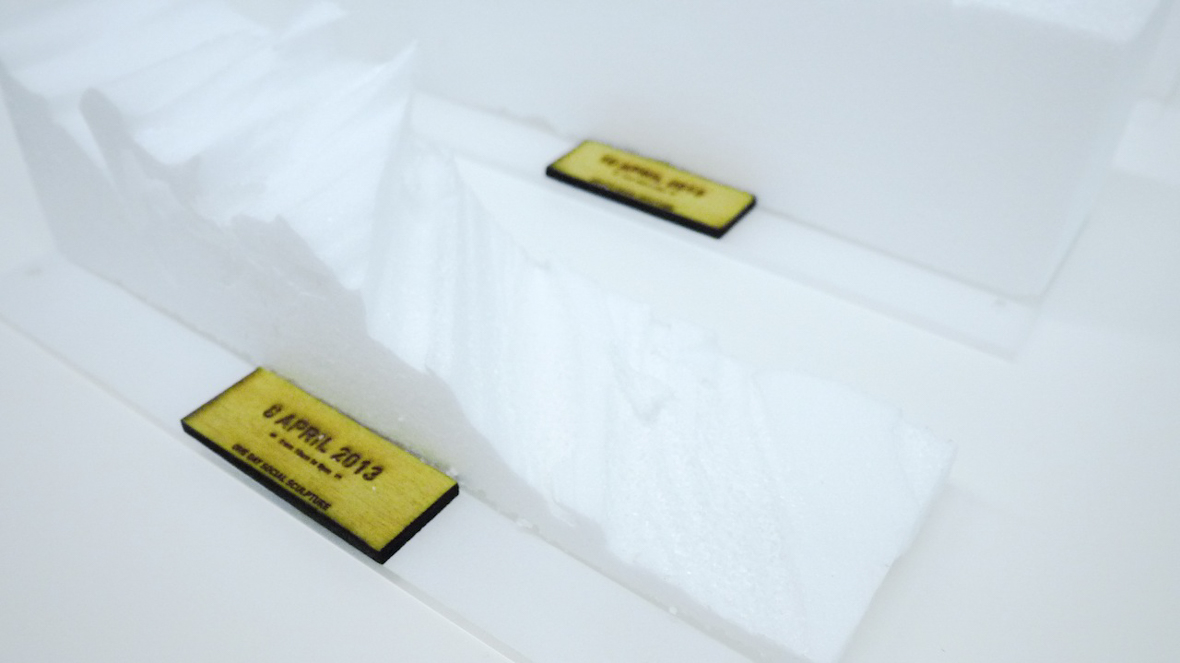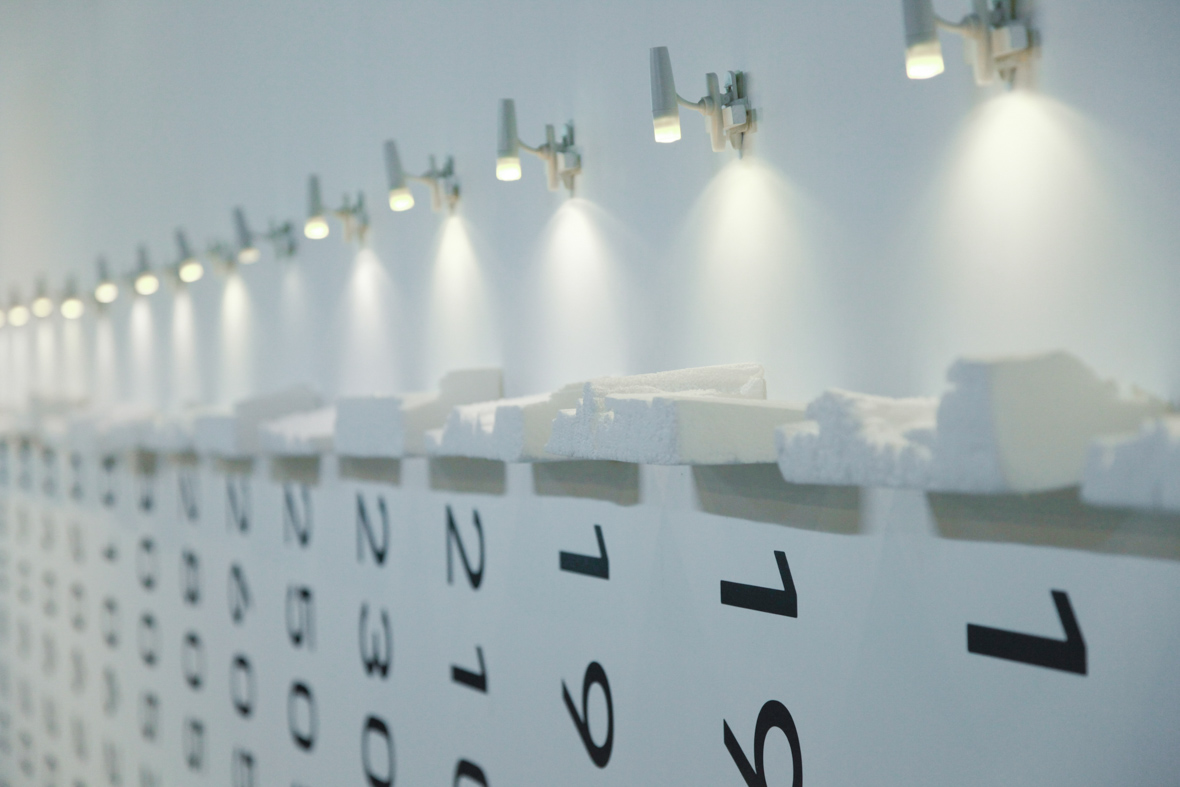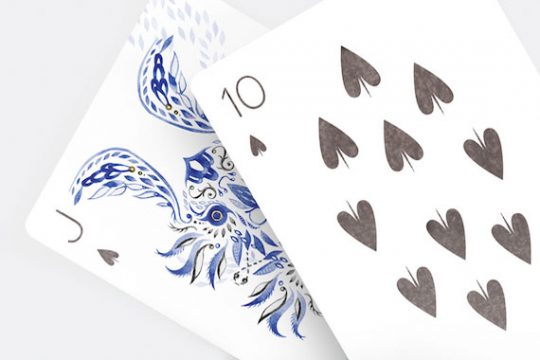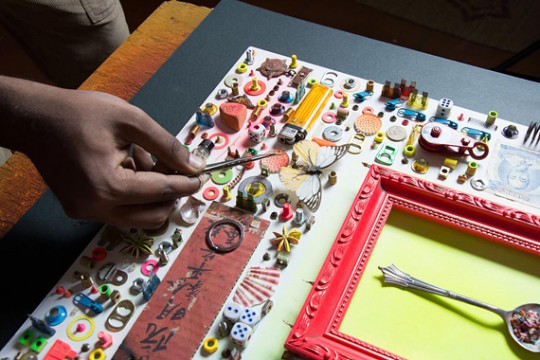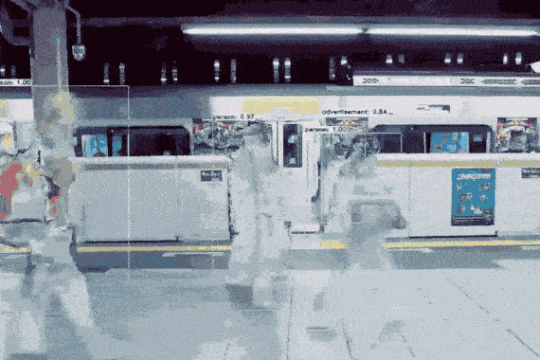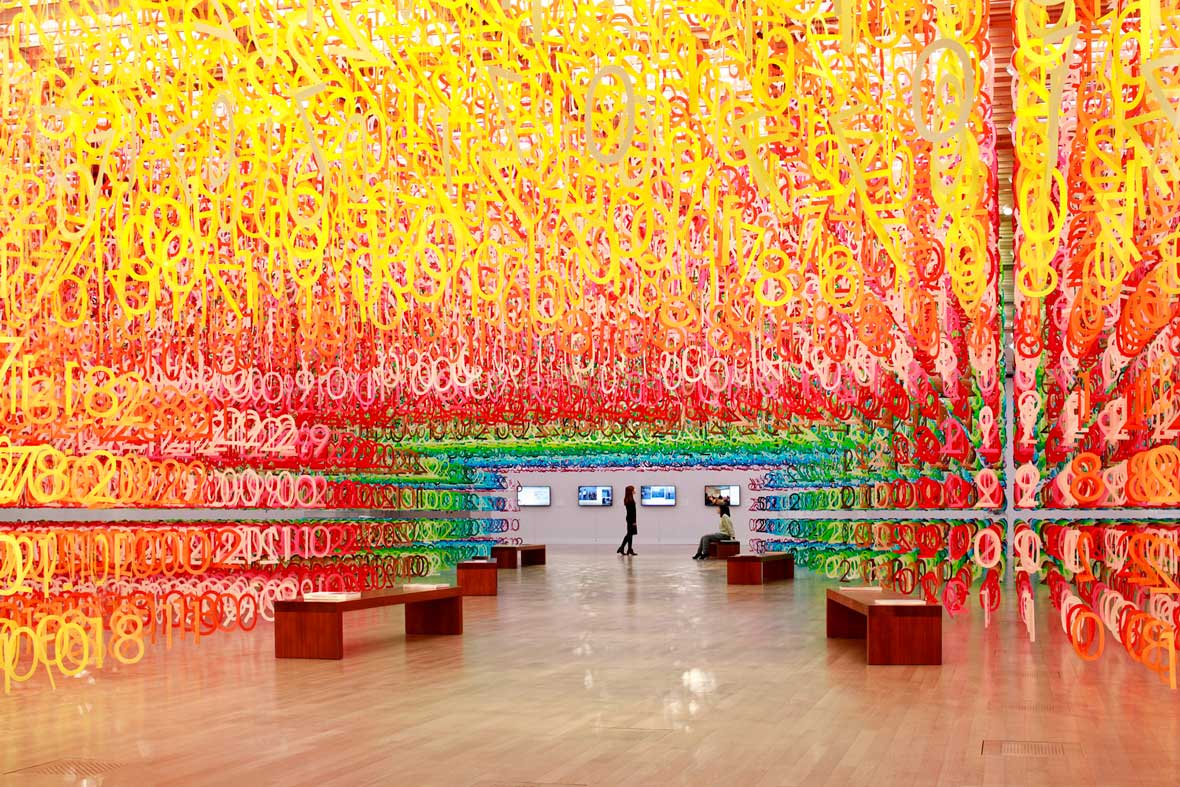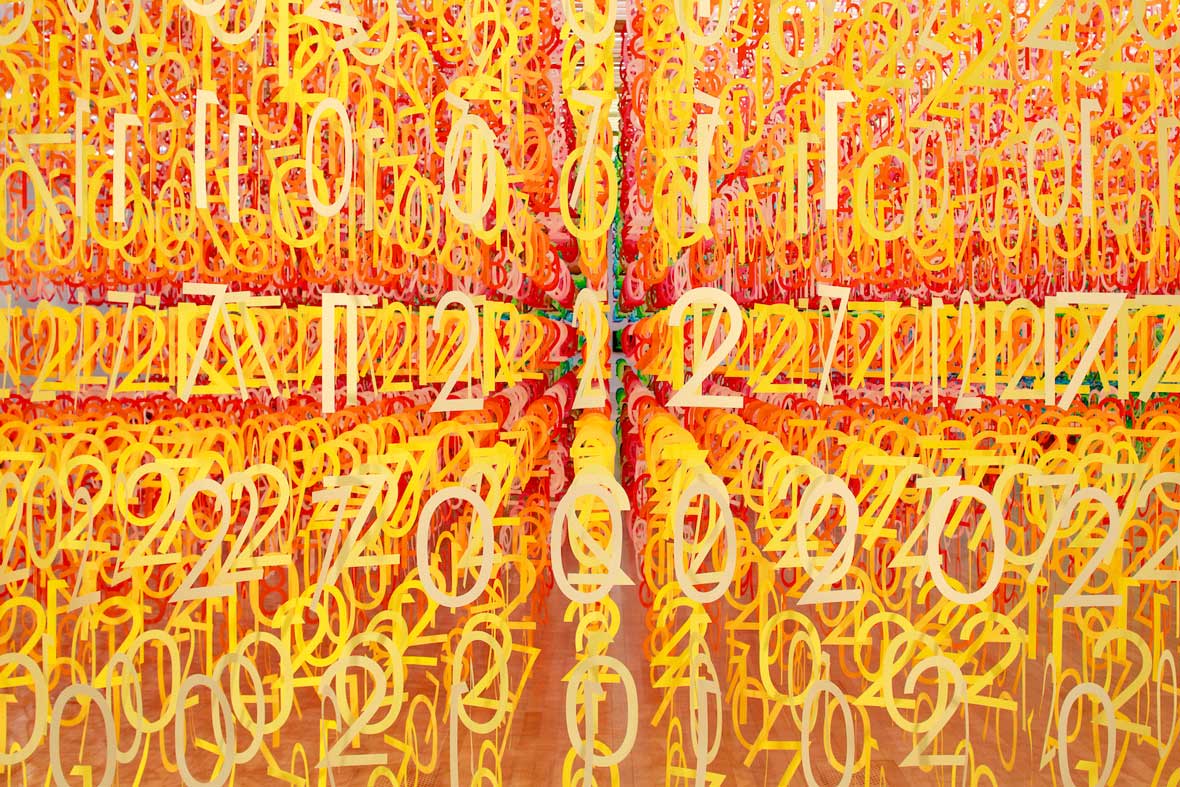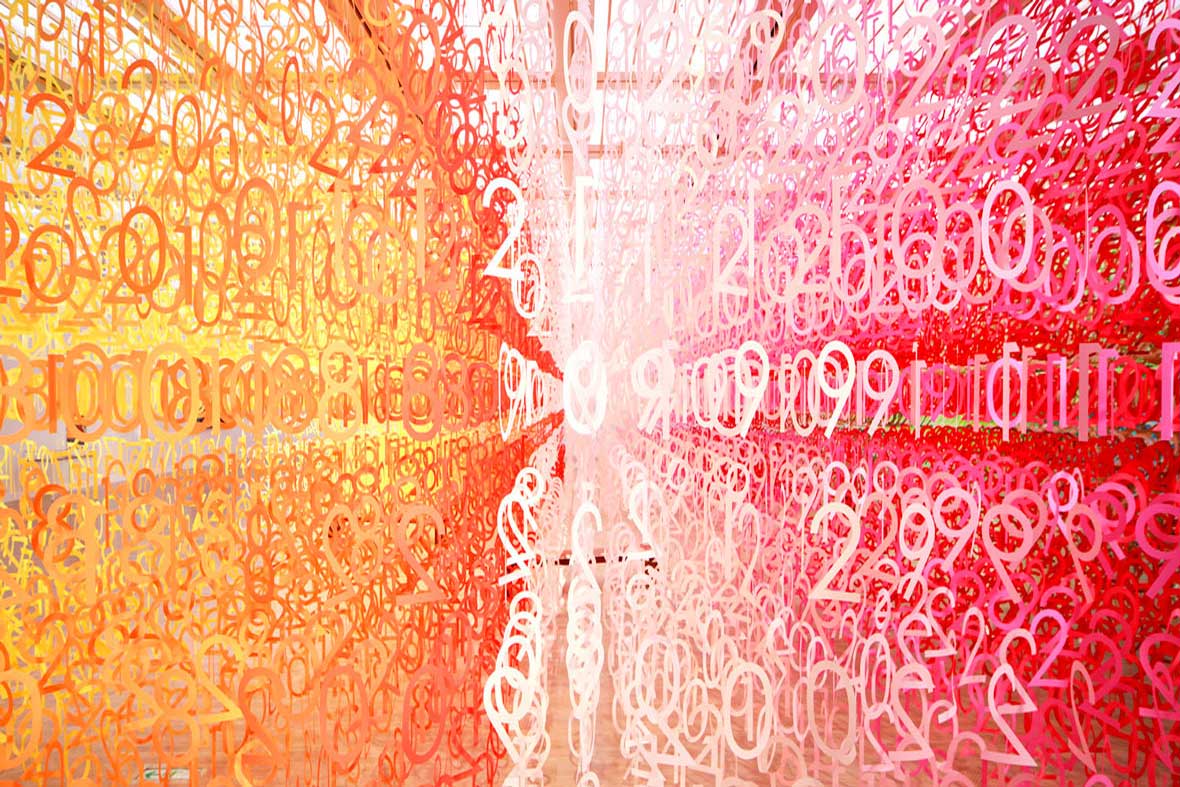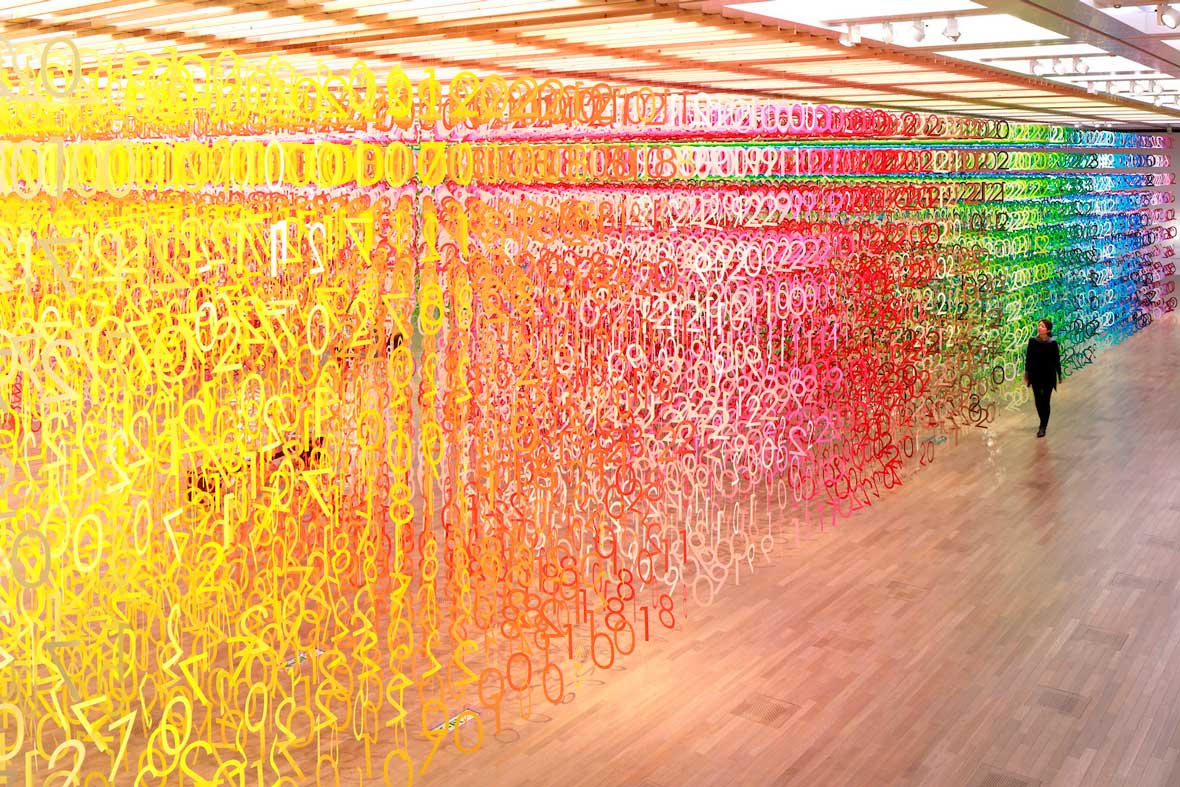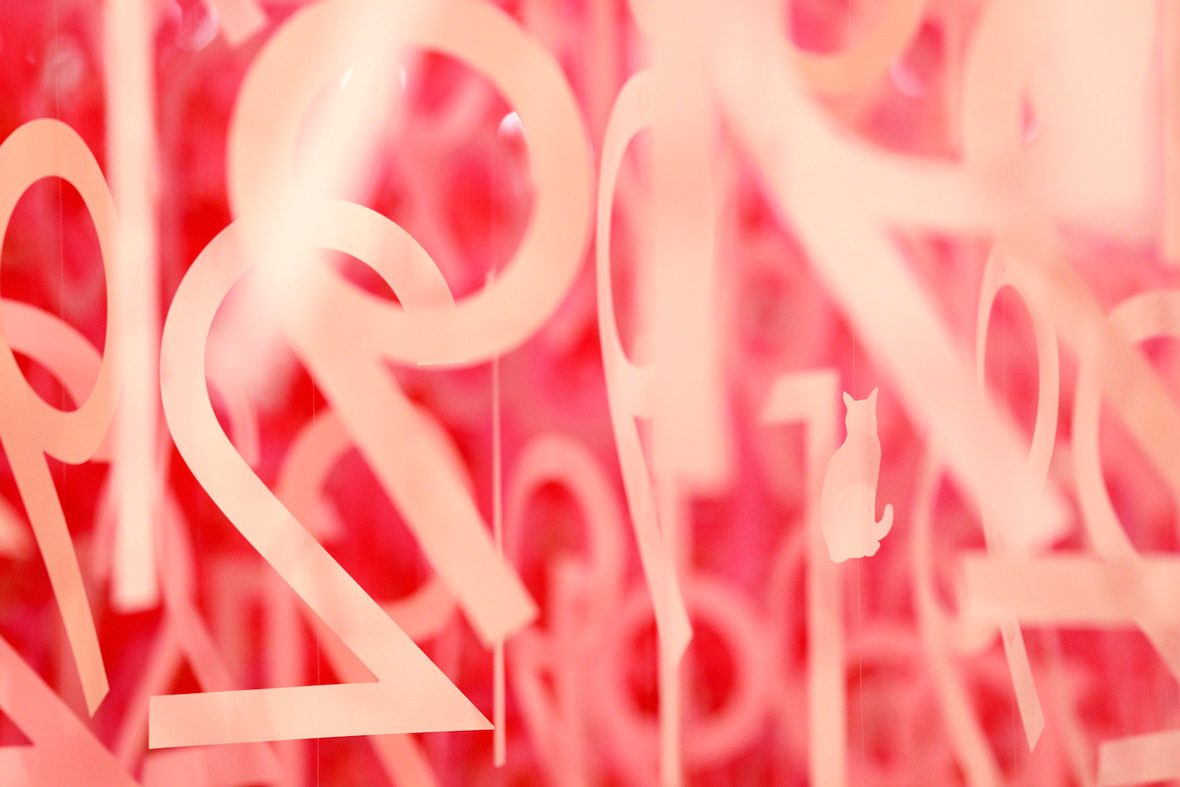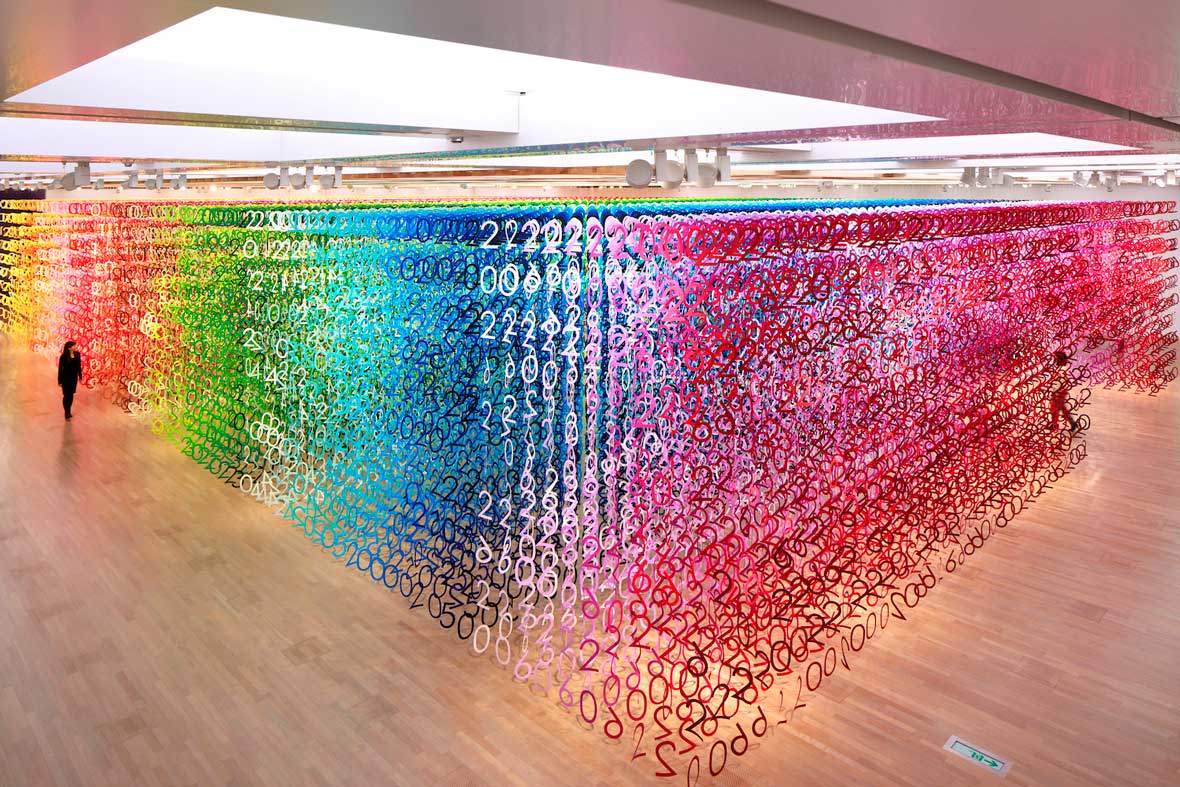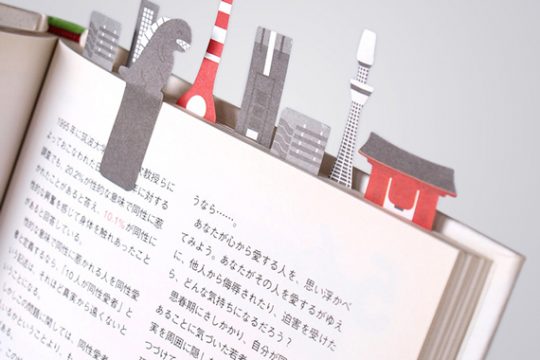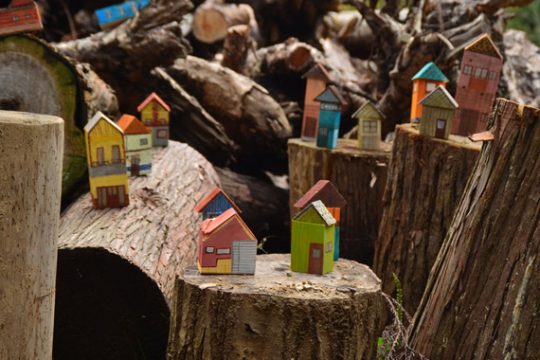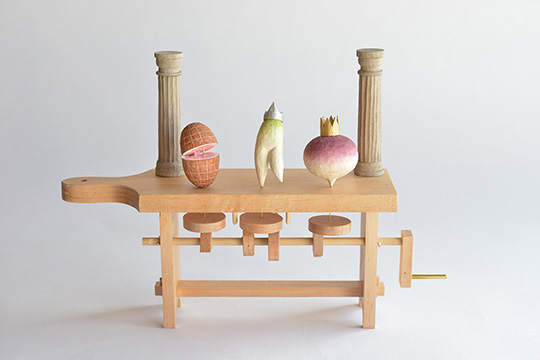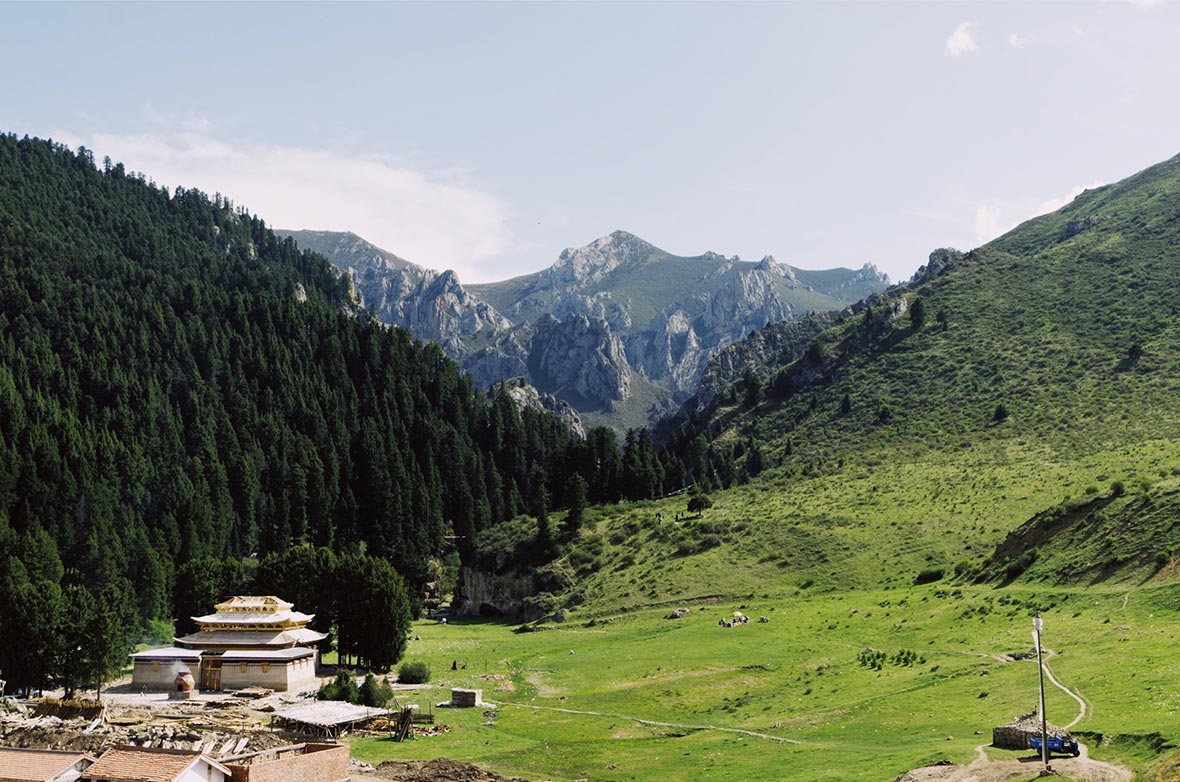
“In the town of Langmusi in Sichuan Province, there are two temples that sit on the two sides of the Bailong River: the Geerdi Temple and the Langmu Temple. Most people are more familiar with the latter, but the Geerdi Temple’s lack of fame can be viewed as a blessing in disguise, as it maintains the purity of the temple.”
“格尔底寺和郎木寺同在郎木寺镇,一个在白龙江南,一个在白龙江北。虽然大家似乎都只对后者更为熟悉。不过有时候不出名反而是件好事,正是这样,格尔底寺保留了它原有的那份纯净。”
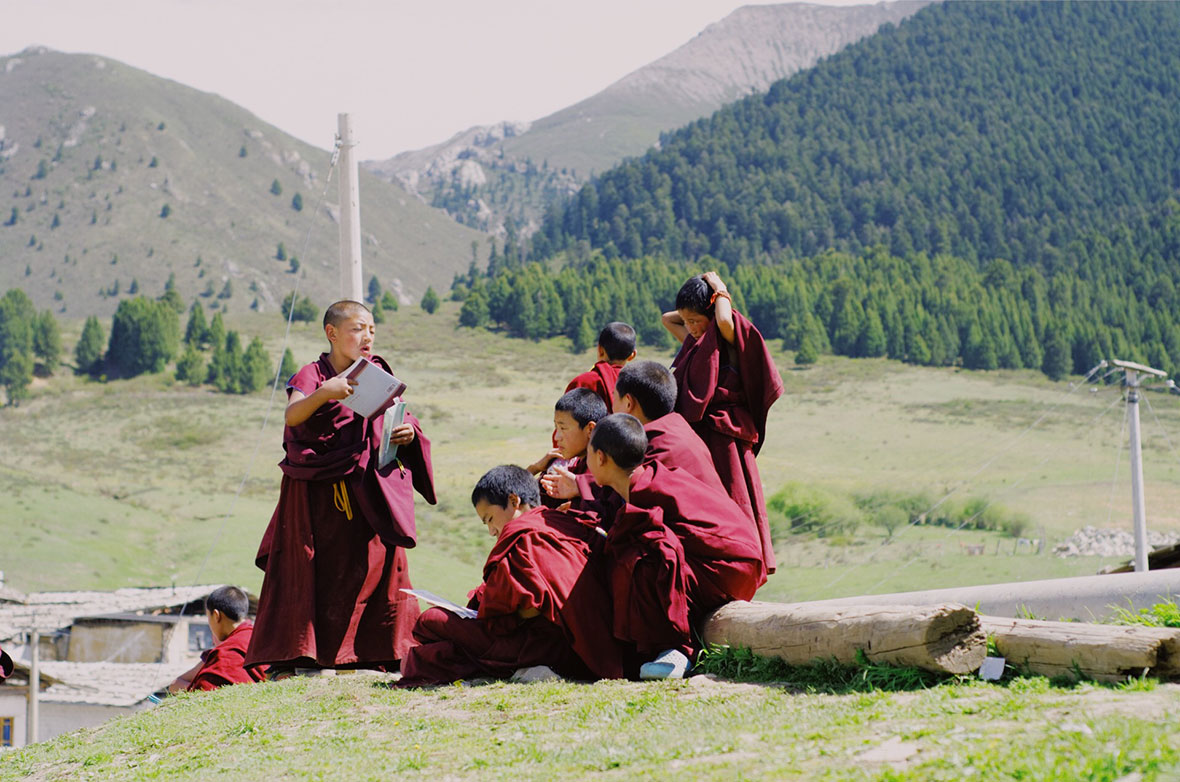

“I stood on the north side of river, looking over at the Geerdi Temple and seeing mountain patterns that resemble the Danxia rainbow-colored landforms in their majestic stillness. At the break of dawn, the sunrise paints the mountains red as the Bailong River flows below. The mystical landscape has given birth to many legends.”
“我站在河的北岸,看着对岸的格尔底寺和山脉。 山的纹理是像彩虹线条般的丹霞地貌,既庄严又平静。日出的时候,山体发红,白龙江从下流过。这样神秘的地方流传了很多传说。”
“At first glance, the surroundings of the Geerdi Temple aren’t as stunning as the Danxia landforms, but the blooming flowers of the summer was a beautiful sight. It was in this atmosphere where I encountered the young monks of the temple. Their childhood innocence was something that echoed my own youth, although lacking the experience of living in these unperturbed natural surroundings. The purity of these young monks had nothing to do with religion, self-interest, or rural naiveté, but expressed the very essence of childhood.”
“初看之下,格尔底寺周围的环境没有丹霞地貌的瑰丽,但当夏日来临,鲜花盛开,也是一道很美的风景。就是在这样的环境中,我看到了格尔底寺里年轻的喇嘛们最可爱的一面。他们纯真的生活让我想起了我的童年,虽然我没有在这样原始自然的环境中生活过。他们浑然不自觉的天真,与信仰无关,与利益无挂,与落后无关,只关乎童年。”
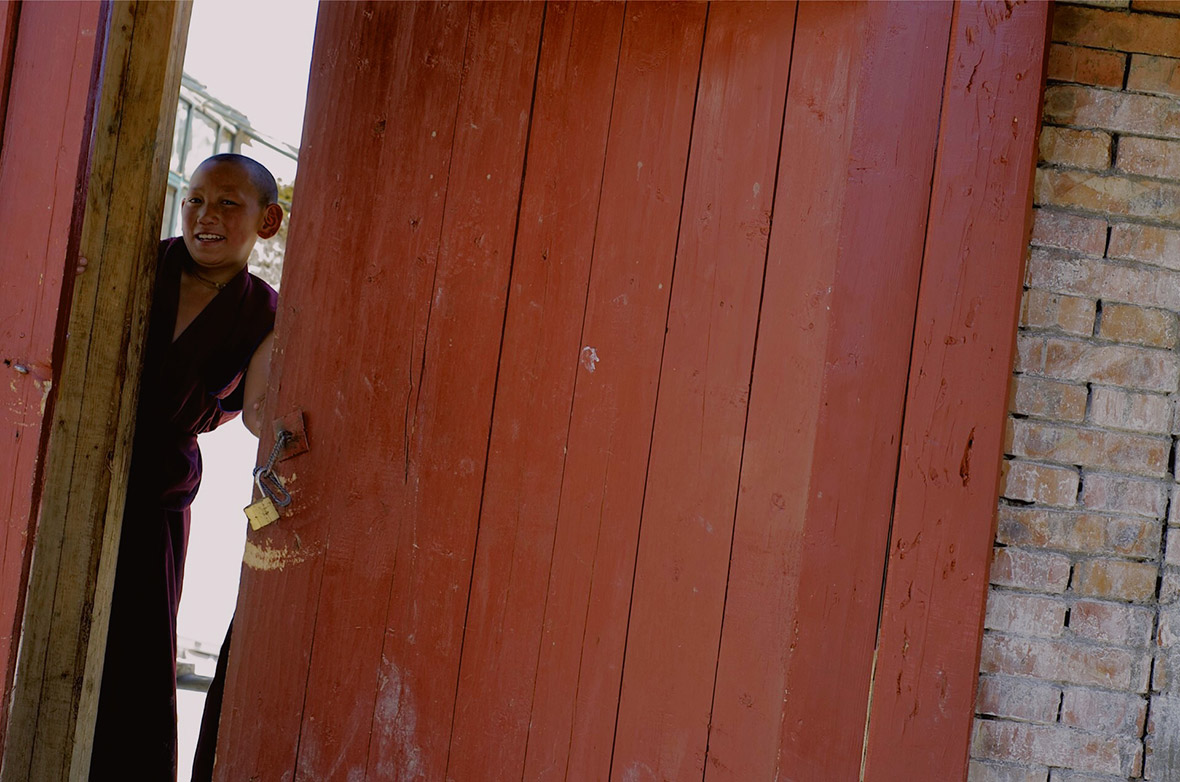
“Their lives are full of texture. It’s more than just hiking in the mountains or wrestling with each other. When they see strangers, they might laugh or shy behind a doorway. They’ll feel uncomfortable or anxious about the unfamiliar. The smile in the photo above captured the surprise of encountering a stranger with a camera. In the next photo, I didn’t dare walk any closer, fearing that I would further disturb this young monk. They would play games in the water; on the shores of the creek, they would gather around to chat; they left their footprints in the grass and their kites flapped around in the sky.”
“他们的生活其实很丰富,远不只是在大山里奔跑和打闹。看到陌生人的时候,会害羞地躲在门后笑。面对陌生人会有点不自在或紧张。上面这张照片里笑容就是捕捉到了他看到陌生人拿着相机时惊讶的表情。而拍摄下面这张照片的时候,我不敢走得太近,生怕打扰到这位忧郁的少年。溪里,他们淌水游戏;溪畔,他们席地开言;草坪上有脚印,天上有风筝。”
“Having to study is a nightmare for many youth, but these young monks are content within the confines of the temple, with the monastery walls etched into the landscape. Classes and religious studies are an indispensable part of their lives. Outside of the temple, devotees are sewing fabrics. Inside of the temple, there are no spectacles or fireworks, and believers are solemn in their unwavering faith.”
“学习是大多数人童年绕不开的”噩梦”,而这些小喇嘛们对于待在寺里的日子倒也是乐在其中。宗教与普通教育都是他们生活的一部分,缺一不可。格尔底寺外,信徒们正在缝制布帘。寺内尽管没有烟火,但虔诚的信徒们打造出的肃穆景象也毫不逊色。”
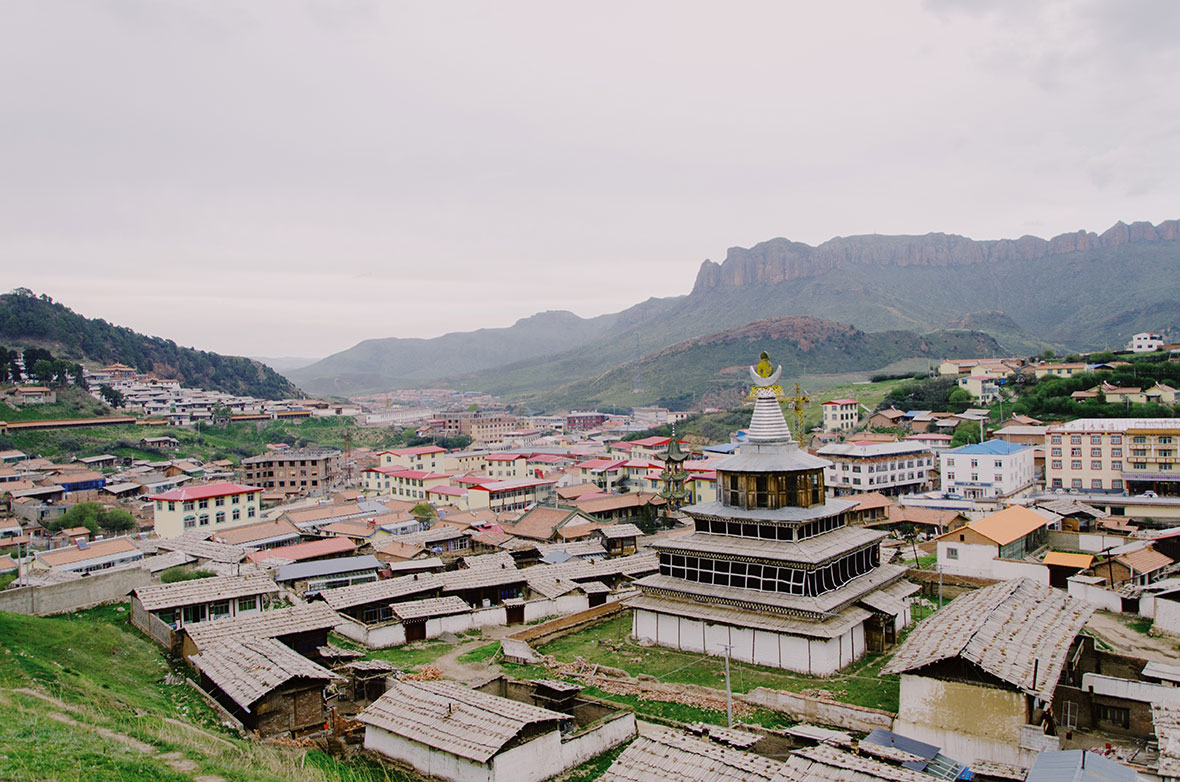
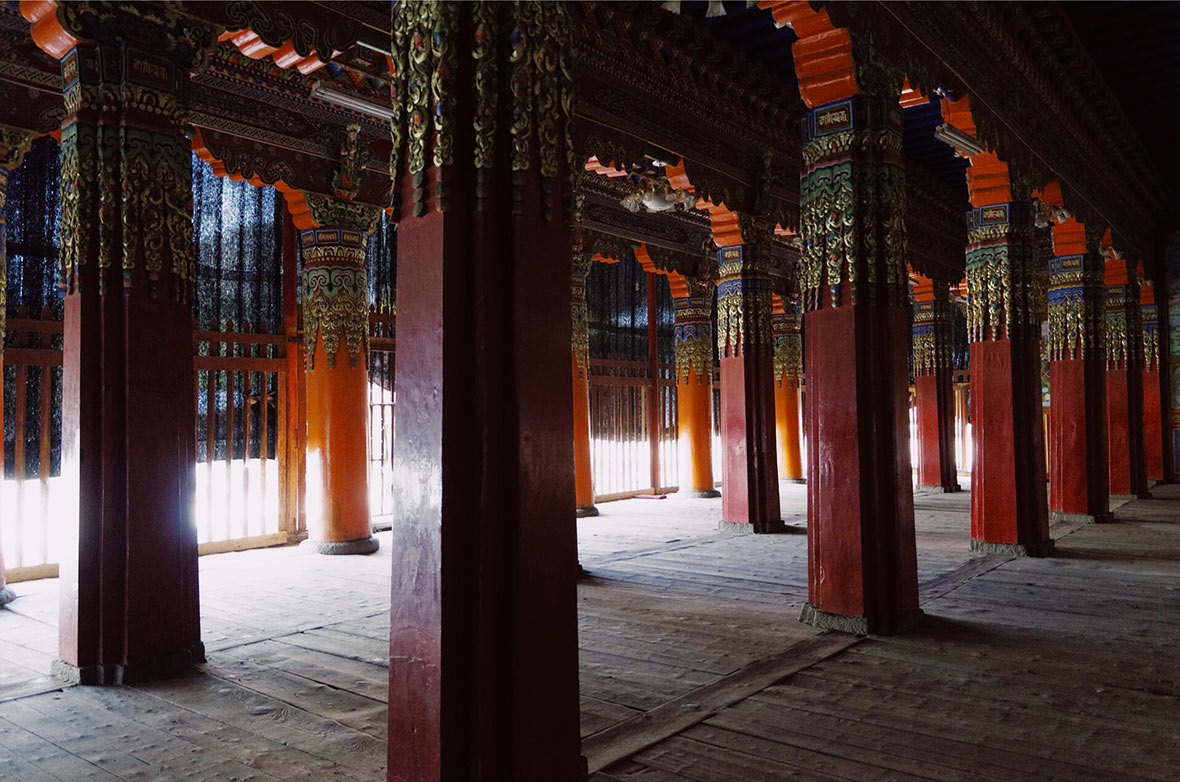
“As parts of the old Geerdi Temple decay, new temple buildings are erected at the foot of the mountains. The temple builds itself out of its natural surroundings; its pine roofs providing shelter and warmth to aspirants. The extravagance of the temple architecture feels much more luxurious than the destitute living quarters of these young monks.”
“因为老格尔底寺有些地方已经年久失修,人们正在山脚下搭建新的寺院。这种居所就地取材,以松木板为顶,可以做到很好的保暖降温作用。比起孩子们的简陋的居所,寺庙的修建看起来明显豪华很多。”
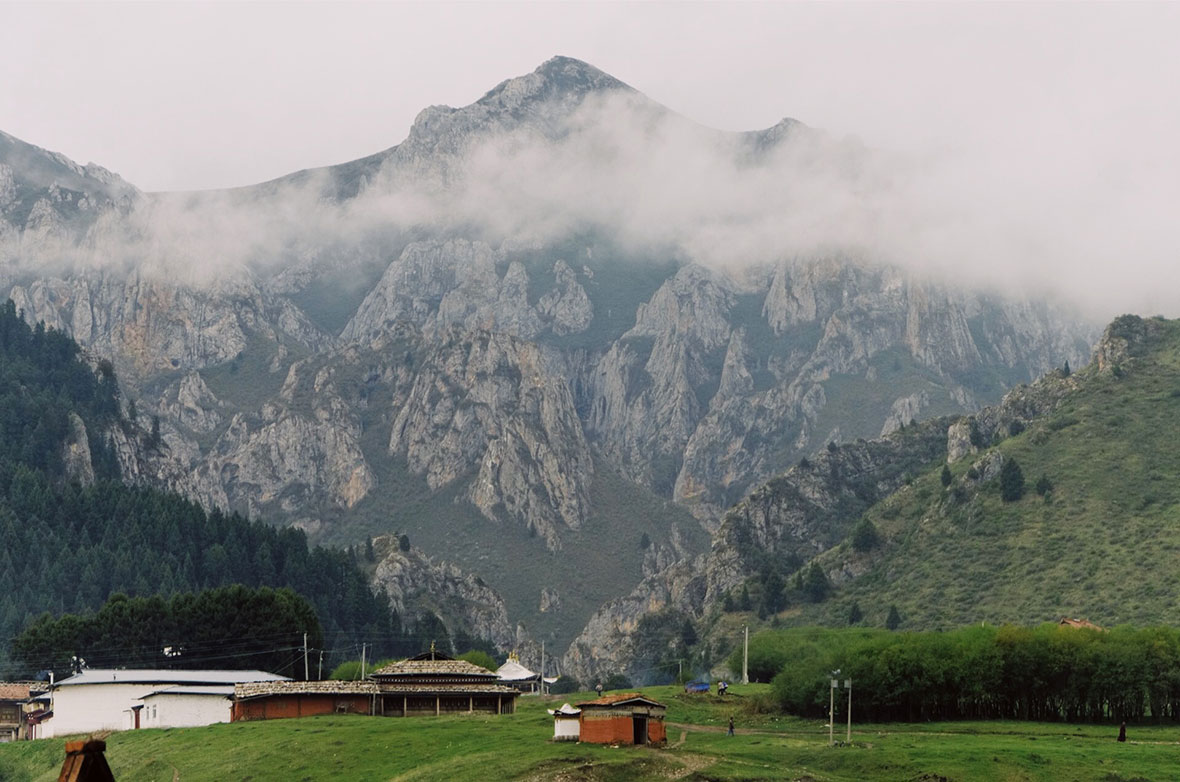
“The charms of the Tibetan culture and landscape are enticing to all photographers and seem like an inexhaustible well of source material. But most of these photographs highlight the ritual or ceremonial aspects of the culture. We explore a foreign culture with curiosity, but does that mean we have nothing in common? The lives of these young monks are the same as those of any other child – full of color and vibrance. They have fun, and also experience sadness. What cannot be ignored is the contrast between the beauty of the natural landscape, and the destitute conditions of the people living there.”
“藏区的文化和风景对每个摄影师来说,都是取之不尽用之不竭的拍摄题材。但大多数摄影师在拍照的时候,都会把重心放在呈现当地的宗教仪式感上。我们对这种不熟悉的文化感到好奇,但,是否我们就没有共通之处?这些小喇嘛的生活其实就和其他孩子的生活一样,多姿多彩,有开心的时候,也有难过的时候。不可忽视的是,这里优美的自然环境和当地人落后的生活,仍呈现着鲜明的对比。”
